Affiliate Disclosure: By clicking through the links on this page and purchasing the products, you’ll be helping me out. This is done because I receive a kickback from the sellers at no extra cost to you! Thank you so much for supporting us!
Weight
10.58 oz/ 300g for men’s US9
Stack height
25mm Stack height
Zero Drop
Made for
Long Ultra trail races
Drier conditions
Fit
High volume
Average wide midfoot
Average Wide Toe box
True to size
Feel
Soft cushion
Some flexibility
Comfortable fit
Pros & Cons
+ Original zero drop platform
+ Price
– Too deep for some
What do you want to know?
Common questions:
And we’re onto another version of the Lone Peak! It’s version 9 this time, and we have some interesting advancements.
It’s worth noting from the outset that this iteration has two versions: Lone Peak 9 and Lone Peak 9+ (Vibram outsole).
This review will focus on the Lone Peak 9. The only minor difference between the two versions is the MaxTrac outsole, which differs from the Vibram outsole. The shoe’s fit is identical, and the feel is similar.
So, let’s start with the fit. If it doesn’t fit, it’s not worth considering!
The Altra Lone Peak 9 runs true to size. It fits slightly longer than other Altra models, but I’d still suggest going true to size. The extra length prevents the common issue of toe bumping at the front, which can be a frequent discomfort during downhill runs or prolonged use.
Which Altra Shoe is for you?
Take a quick 4-question quiz to identify the perfect Altra running shoe for your feet! You'll get both road and trail options based on your answers!
The width of the toe box may be a touch wider than that of the Lone Peak 8, especially around the big toe. Altra is known for its wide toe boxes, and the Lone Peak is no different, providing ample room for your toes to splay naturally. While technically, other models like the Superior and Olympus have a slightly wider (not deeper) toe box, the Lone Peak 9 has expanded somewhat in width.
Thanks to the softer overlays, we notice more forgiveness in the midfoot. While many promote the LP as a “wide” shoe, I’ve always insisted that this isn’t entirely accurate. The midfoot of the Lone Peak has never been excessively wide, which has even caused uncomfortable pain for my wider midfoot in the past. Fortunately for me and others, the overlays on the Lone Peak 9 are softer, allowing the upper to mold to the shape of the foot, making it more comfortable for everyone.
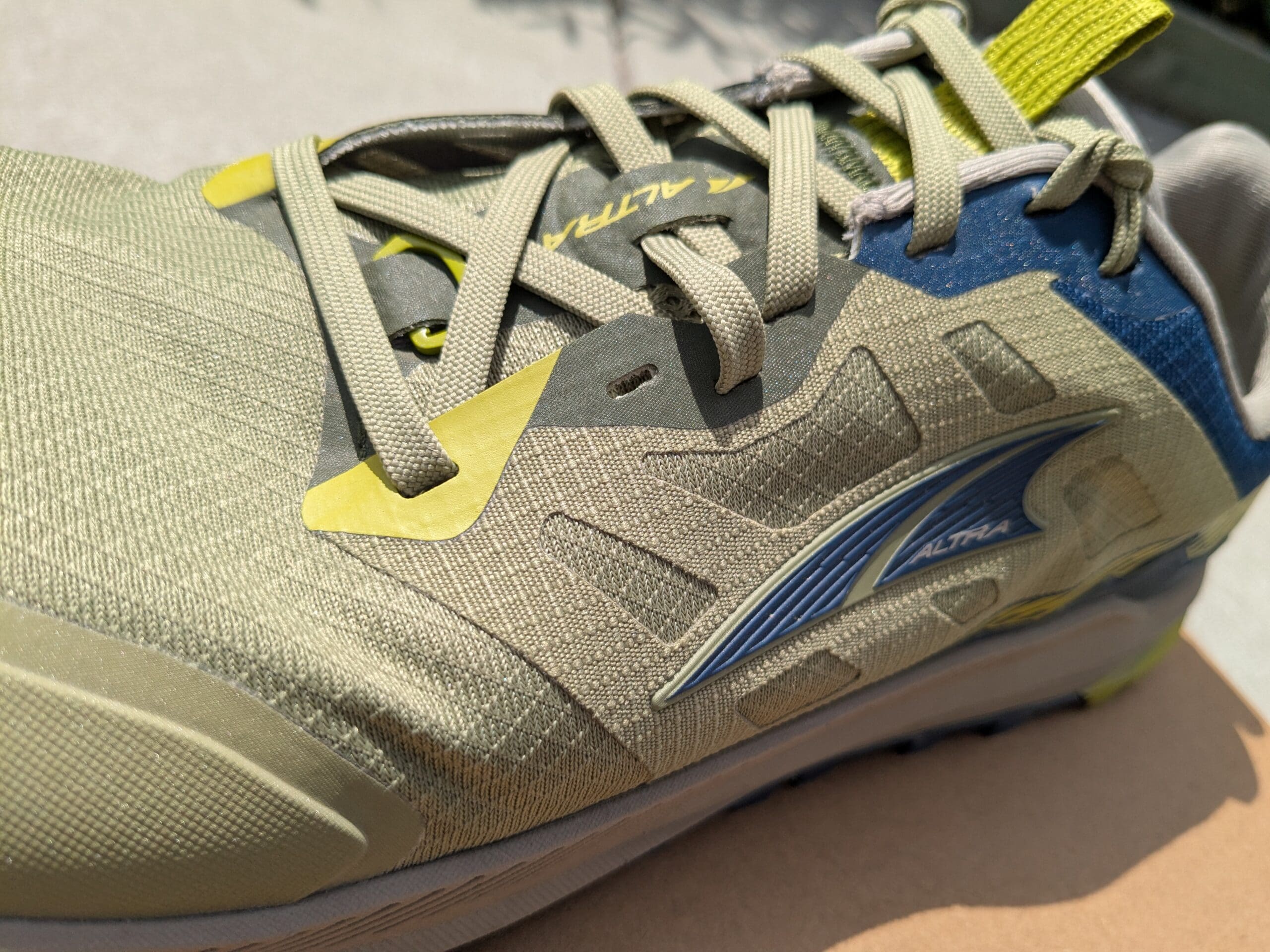
If the Lone Peak 9 is too narrow for you, you can choose the wide version. Many wearers love this option. The best advice I can give is to try the wide choice if you have a wider midfoot.
The heel is spacious and ultimately comfortable, but it may feel loose if you have a narrow heel. This is where the Lone Peak stands out from other Altra models. The heel cup features a slightly stiff, deep, and roomy lockdown. I got the LP to fit better using a lace lock in the top eyelets, but it’s still not ideal for my average-sized heel. You can expect the same if you’ve experienced looseness in the heel of previous Lone Peaks.

The Lone Peak used to be a very deep shoe; now, it’s only moderately deep. I feel there’s been a decrease in volume throughout the shoe. Whether it’s due to the padded tongue taking up more space or the toe box becoming shallower, the Lone Peak feels more “locked down” than previous LP models. This seems like a step in the right direction as it will make the shoe appealing to a broader market, and older wearers can consider the wide option to gain some additional depth.
The lacing eyelets have changed again! We’re back to 100% holes punched through the upper material, but we still have the wider midfoot option eyelet. For those who need that little extra room in the midfoot, like me, this is a great design choice. Remember, the configuration of laces on shoes out of the box is not fixed! Check out different lacing techniques to get an optimized fit.
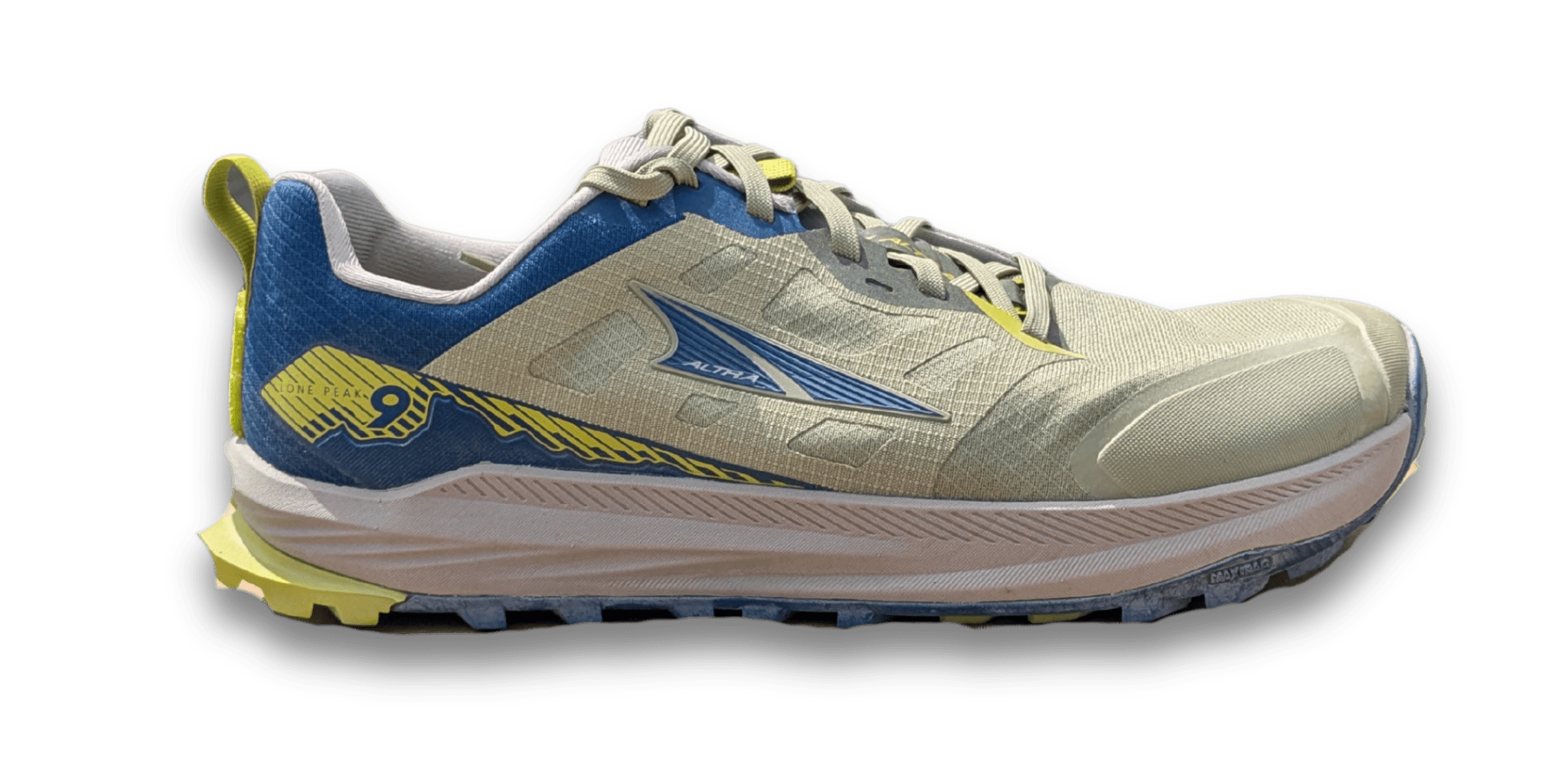
Altra Lone Peak 9
The 25mm stack height perfectly balances ground feel and cushion for most. While many barefoot runners like me want less stack height, those used to traditional stack heights will enjoy the 25mm cushion as it’s not “too” high but still offers protection. You can still feel some ground feedback, but you will get away with some missteps and heavy landings along the way. The cushion feels slightly softer than the Lone Peak 7 or 8, which feels good, considering the LP had become firmer over time.
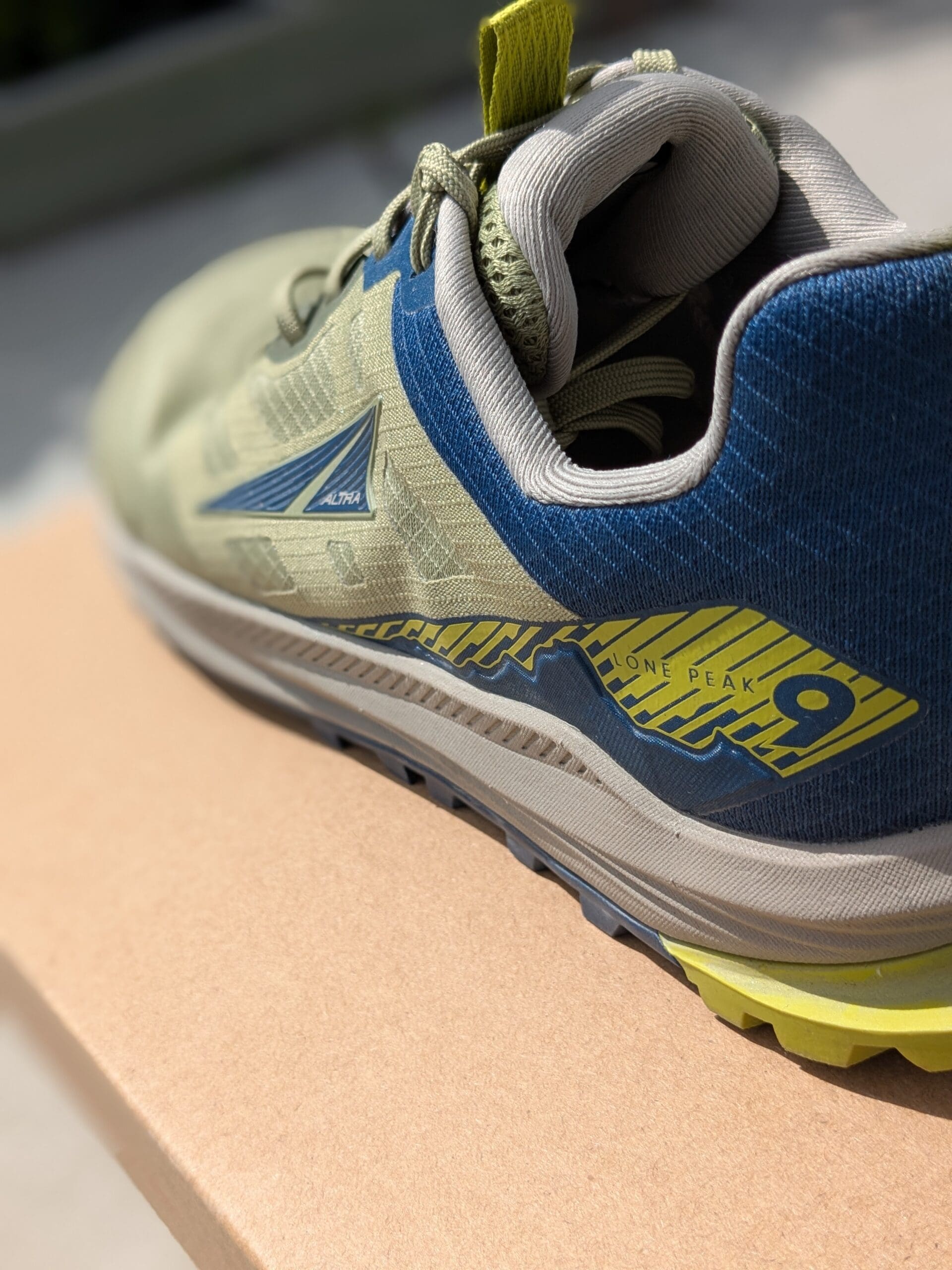
Although it’s 25mm, the shoe remains a little flexible. This design choice marks a notable improvement over previous models, offering a more adaptable feel that significantly enhances the running experience. The increased flexibility allows the shoe to move more naturally with the foot, providing a more “barefoot” experience. However, I have heard others mention that the Lone Peak 9+ feels stiffer due to the Vibram outsole.
The MaxTrac outsole isn’t as bad as some may think. I understand that many of you are seeking Vibram and that some might have disliked MaxTrac in the past, but it’s actually improved. Two years ago, Altra modified the formulation found on the Superior and Lone Peak, which performs quite well. My only concern is its durability; otherwise, it handles wet rock adequately and excels in dry conditions.
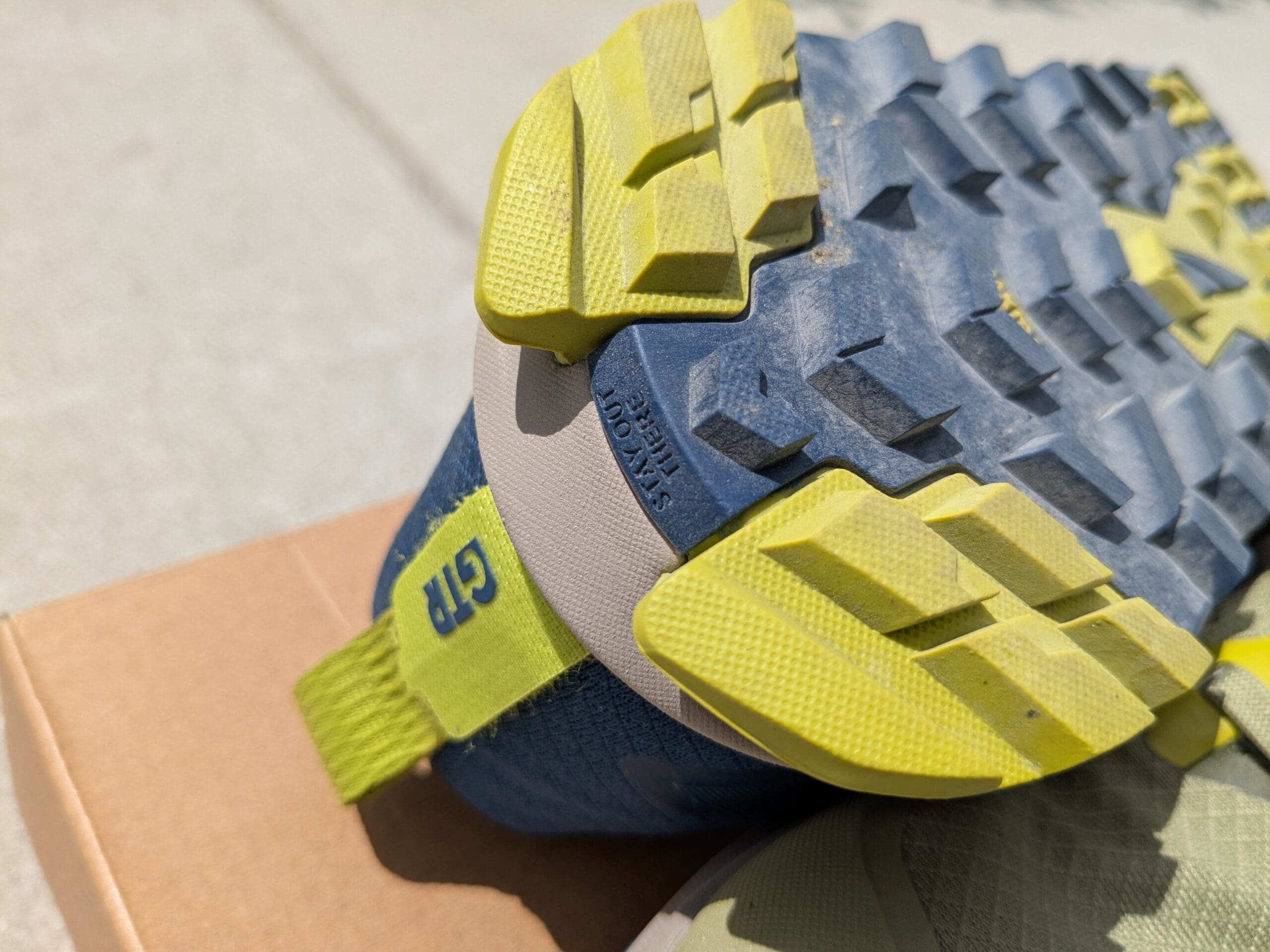
Thanks to the better fit, I’ve found the platform to be more secure with the Lone Peak 9. In the previous version, because the fit could be very sloppy, I found my foot often fell over the edge of the shoe. Now that the depth has reduced slightly and the lace lock works well, I’ve found the platform to feel more stable and have fewer turned ankles!
I wouldn’t describe this as a stable shoe, but it does have slight side walls extending from the midfoot to the heel. You typically expect no structure with minimal shoes; however, since this is not a minimal shoe, we do see some subtle stability features. The slightly elevated side walls and firmer heel cup will limit foot movement, which could be advantageous or disadvantageous, depending on your needs. If your foot is too wide for the shoe, it might feel uncomfortable when it overlaps the side walls.
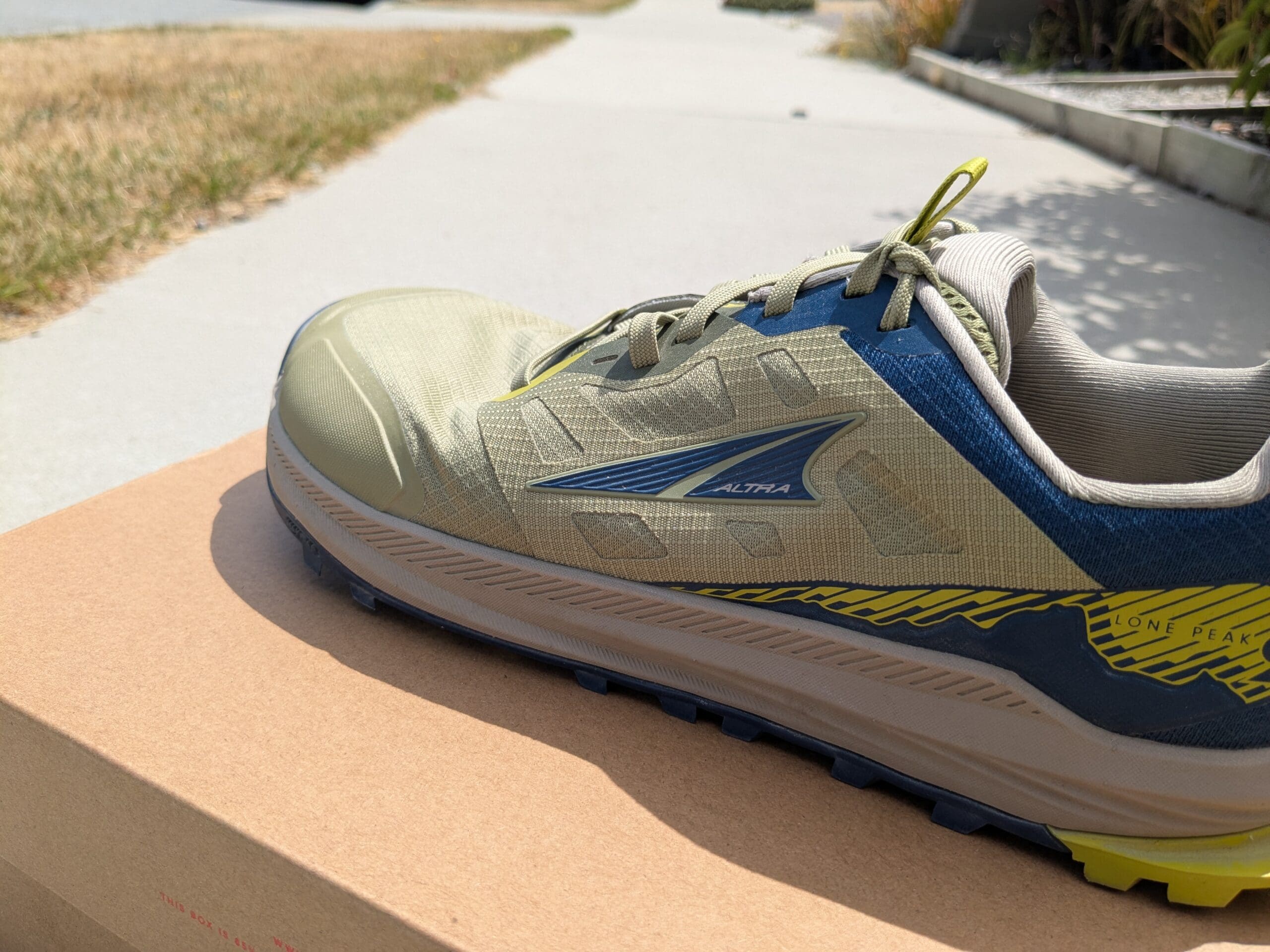
A semi-gusseted thicker tongue is nothing special but does the job. The gusset ensures that the tongue stays securely in place during runs, preventing it from shifting and causing discomfort. And the chunky material fills out some space to allow for a more secure fit.

Altra Lone Peak 9
First, we should discuss the MaxTrac outsole. Although this outsole offers excellent grip and flexibility, its softer material may wear out more quickly, particularly on hard surfaces. As I mentioned earlier, the outsole performs well in terms of grip. However, when exposed to abrasive and rocky trails, it tends to exhibit signs of wear sooner. This trade-off between grip and durability is important for those who often run on tougher terrains, as it may affect the shoe’s longevity.

Because the midsole is softer, I expect it to pack out quicker. While this design choice enhances initial comfort and cushioning, it may lead to quicker compression or “packing out” over time, especially with frequent use on demanding trails. As the midsole material compresses, the shoe may feel more “flat.”
A major advantage is the upper design and the new overlays. The upper feels like the material in the Lone Peak 8, which held up well. The strategically placed overlays add an extra layer of protection, shielding against abrasions and impacts from rocks and debris. Although this was a concern, I believe we’ve moved past that with more recent versions.

Altra Lone Peak 9
The Lone Peak 9 offers a more relaxed fit over the Lone Peak 8, especially through the midfoot. If you’ve ever found the Lone Peak 8 a bit tight around the midfoot, the updates on the 9 provide a slightly forgiving fit. This is thanks to the reduced overlays around the side walls of the upper.
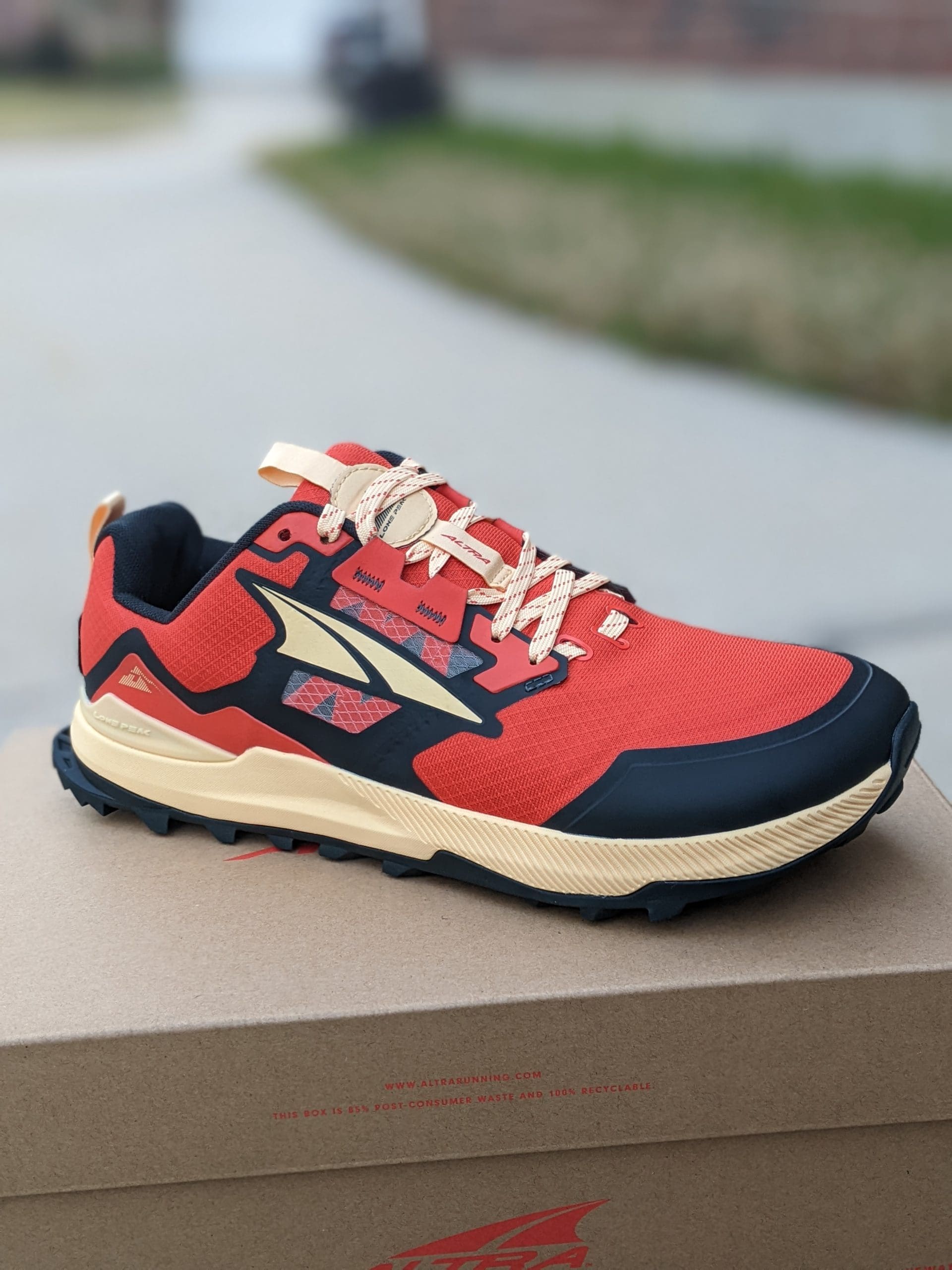
Cushioning and ground feel remain almost identical between the two models. Both sit at 25mm stack height with an Altra EGO foam midsole, delivering the familiar, balanced Lone Peak ride—enough comfort for long days, but not overly plush. If you liked the underfoot feel of the Lone Peak 8, you’ll feel right at home in the 9.
The toe box continues to be classic Altra, with plenty of width and room for toe splay. The 9 may have a touch more room in the big toe area, but the toe box is very similar.
Durability is largely unchanged, with similar mesh uppers and overall construction. If you were satisfied with the Lone Peak 8’s lifespan, expect more of the same from the 9—solid, but not bulletproof, especially if you’re rough on uppers.
In this version of the Altra Lone Peak 9, we see minor steps in the right direction.
There aren’t any major changes that would make many of you jump ship, but some minor adjustments will enhance longevity and feel.
While the bigger update is the addition of the Vibram outsole to the Lone Peak 9+, this is a bit of a red herring now. It provides a minor performance upgrade but may also have drawbacks, like reduced flexibility!
If you’ve worn Lone Peaks in the past, this version will work great for you.
If you’ve got a narrow or shallow foot, I’d suggest looking at the Superior instead.
If you’re looking for a more protective but smaller stack height, try the Altra King MT 2.

Altra Lone Peak 9
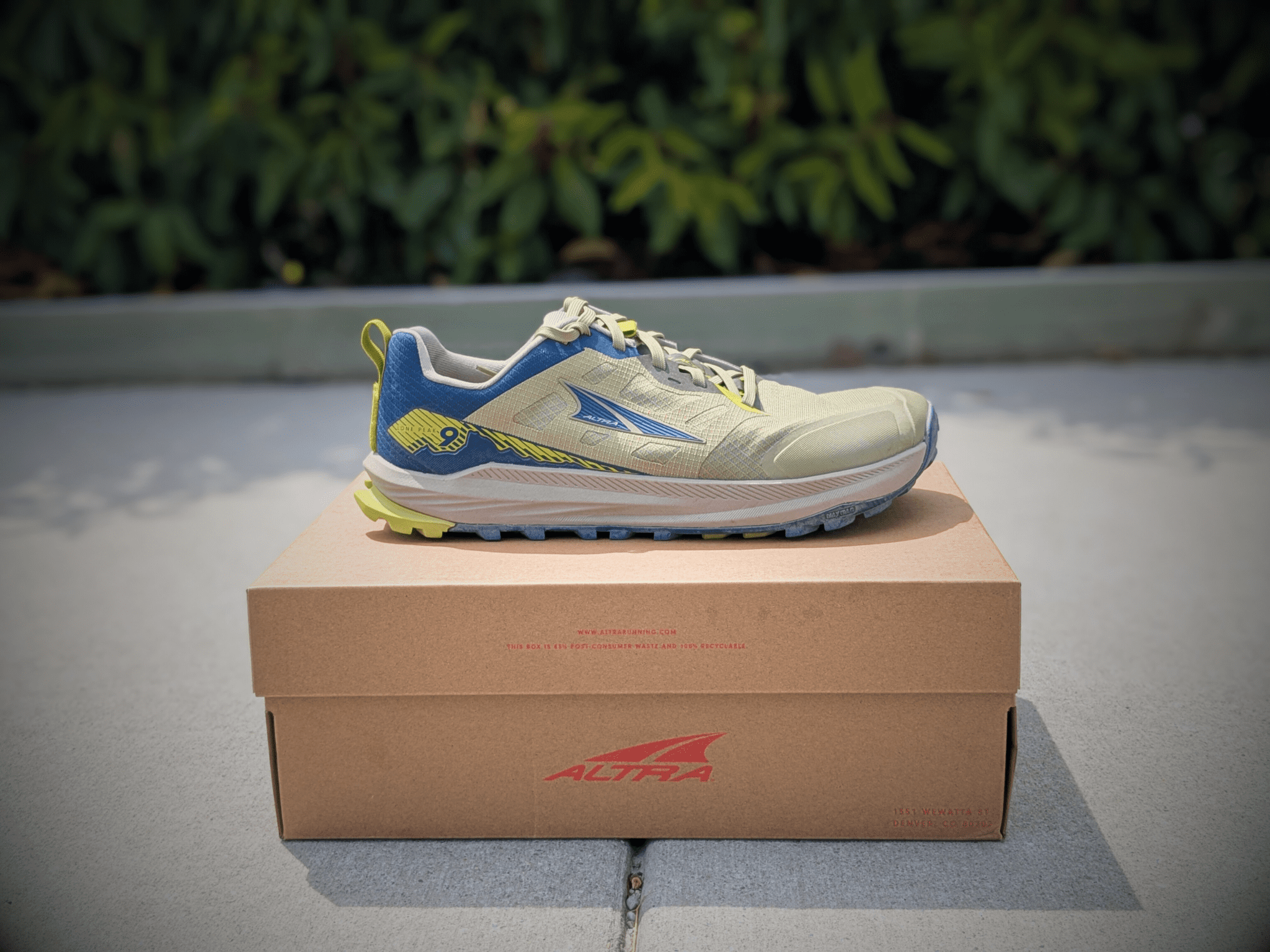
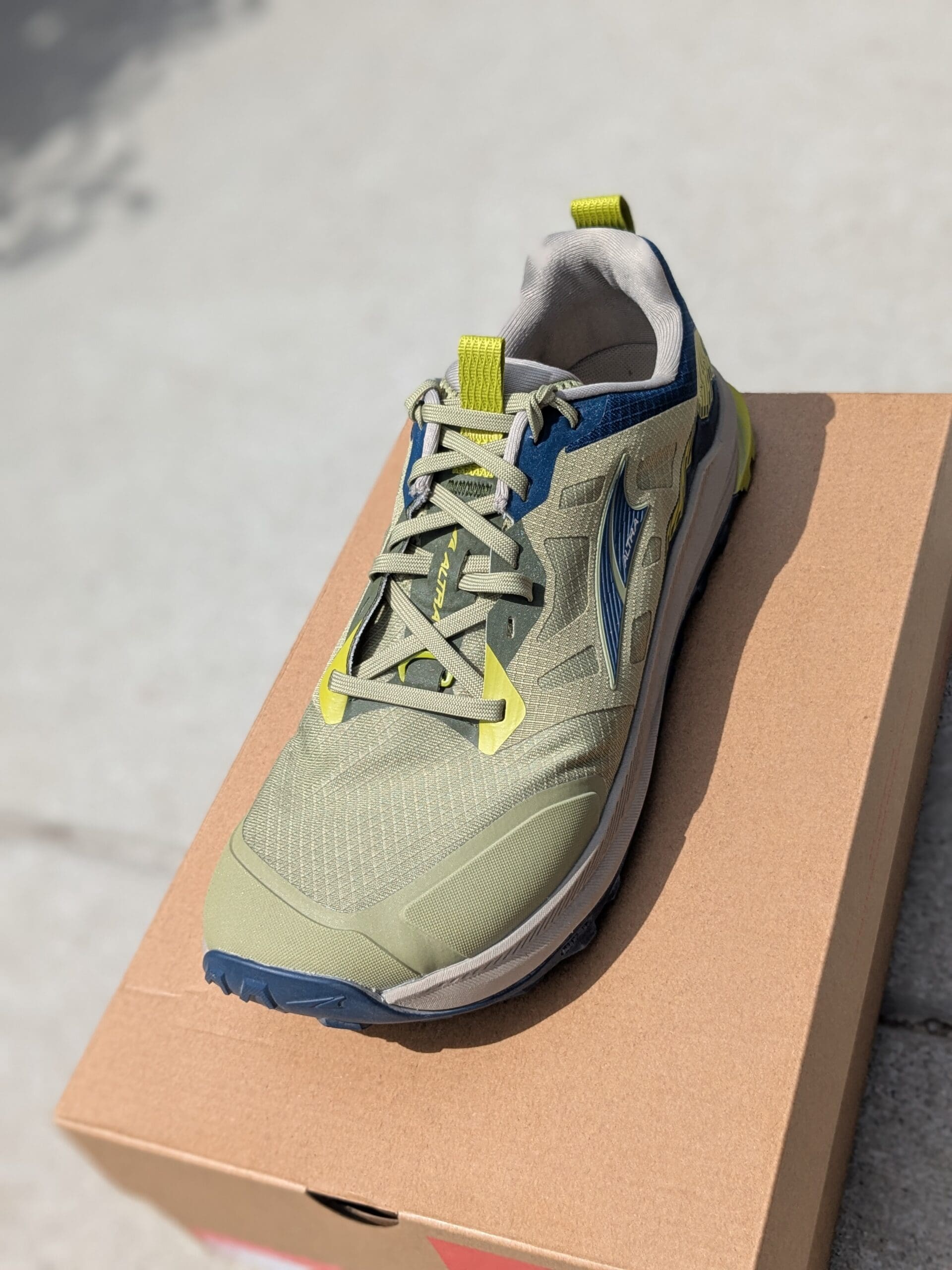
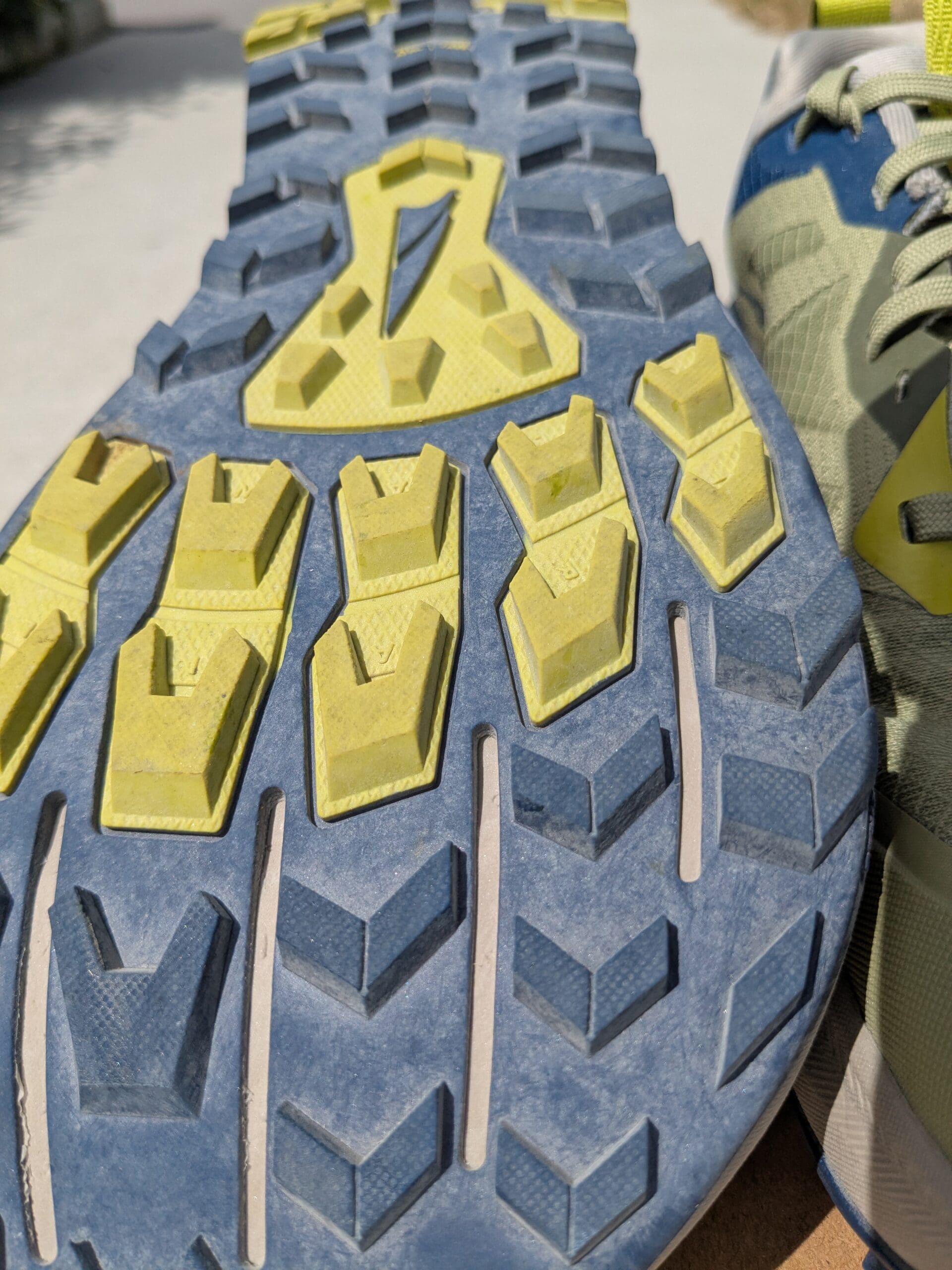
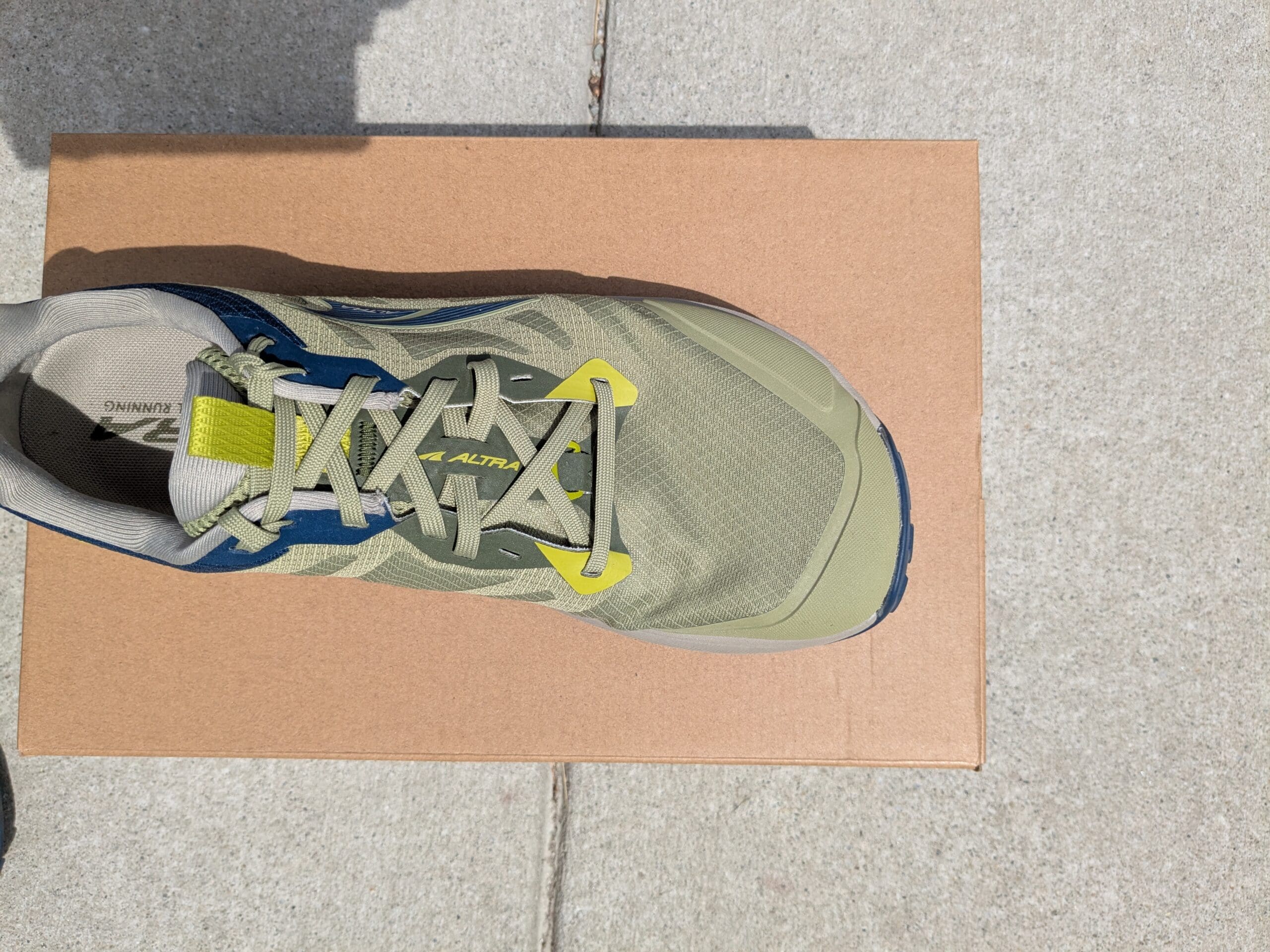
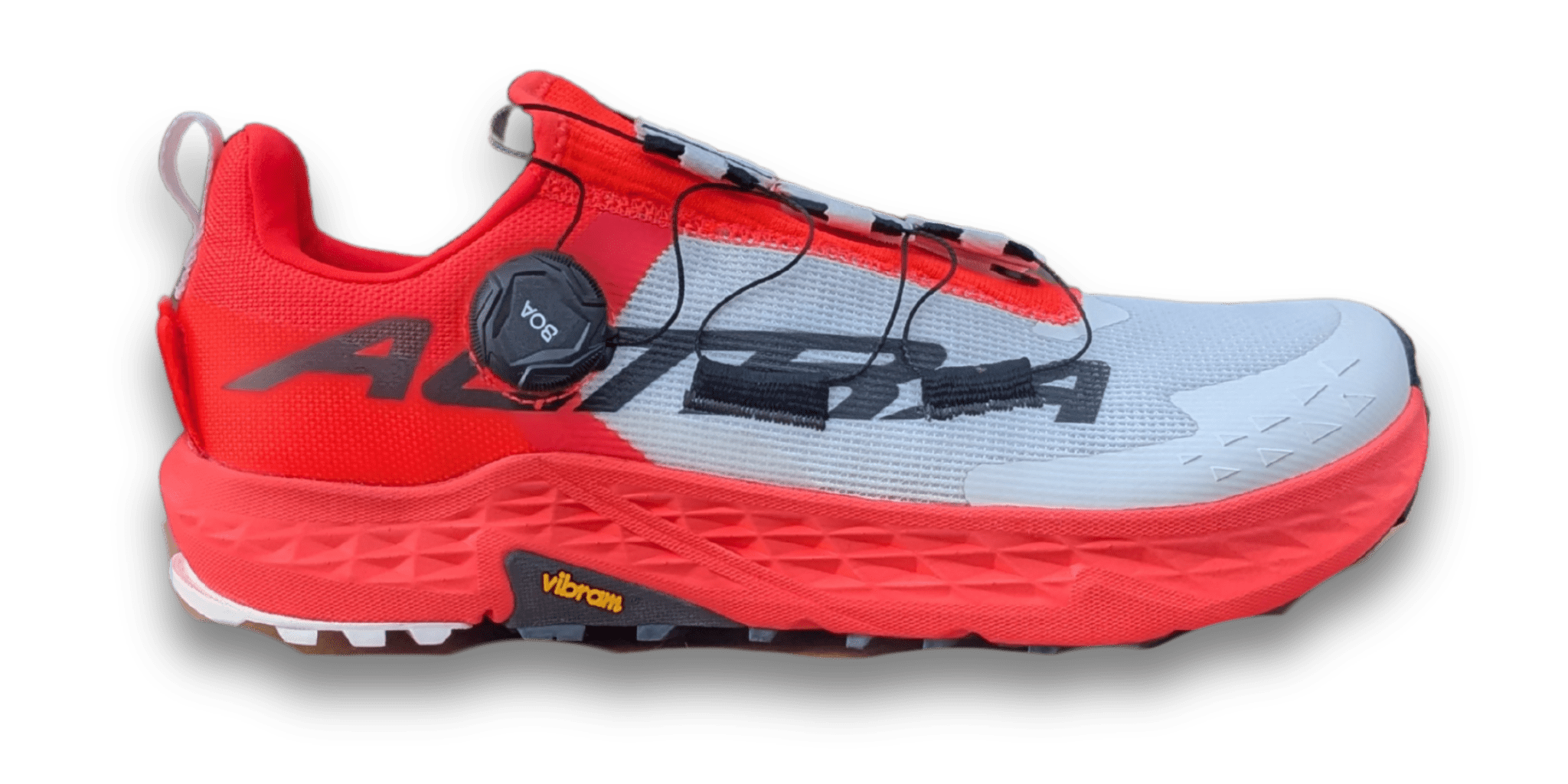
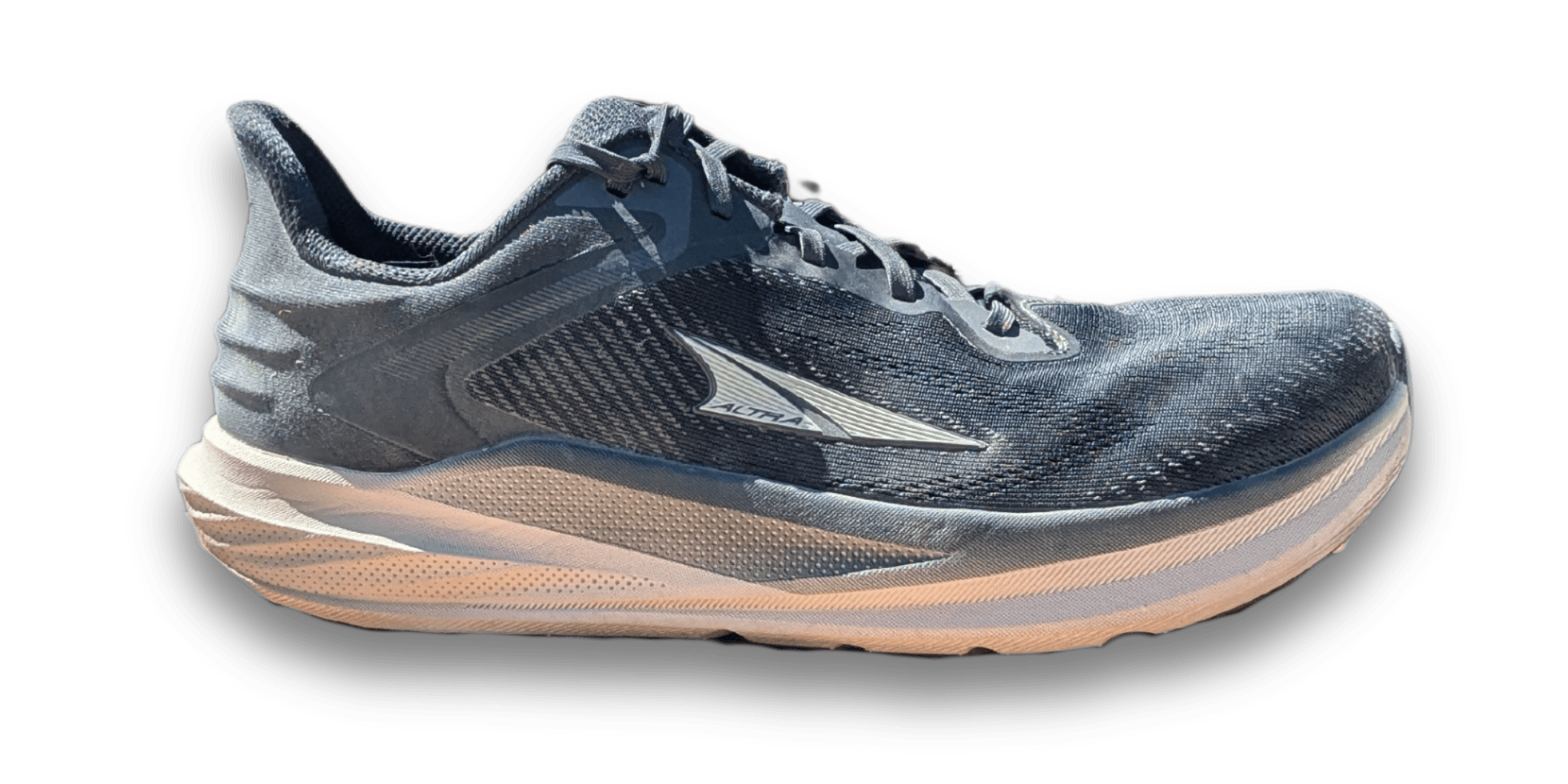
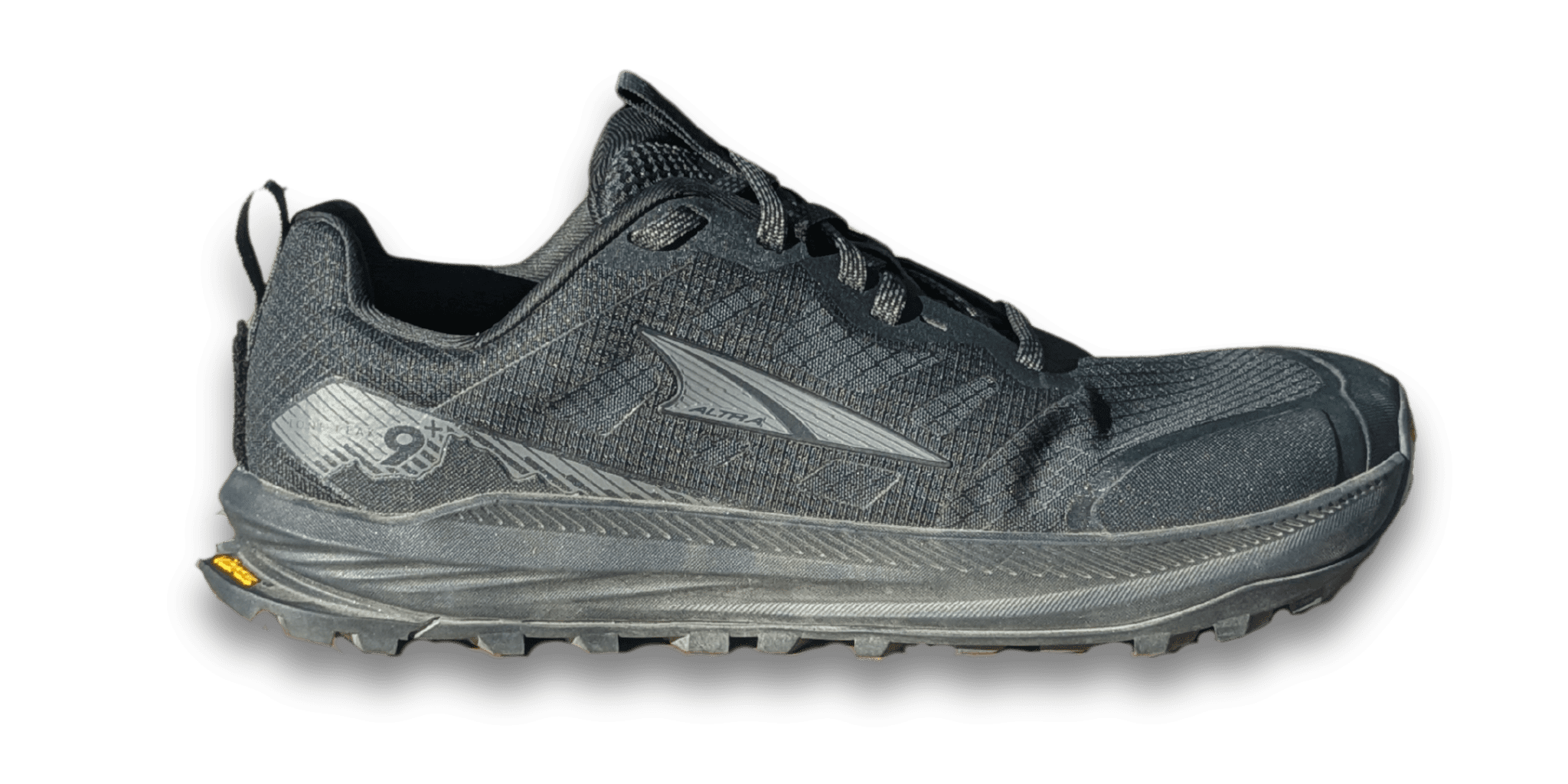

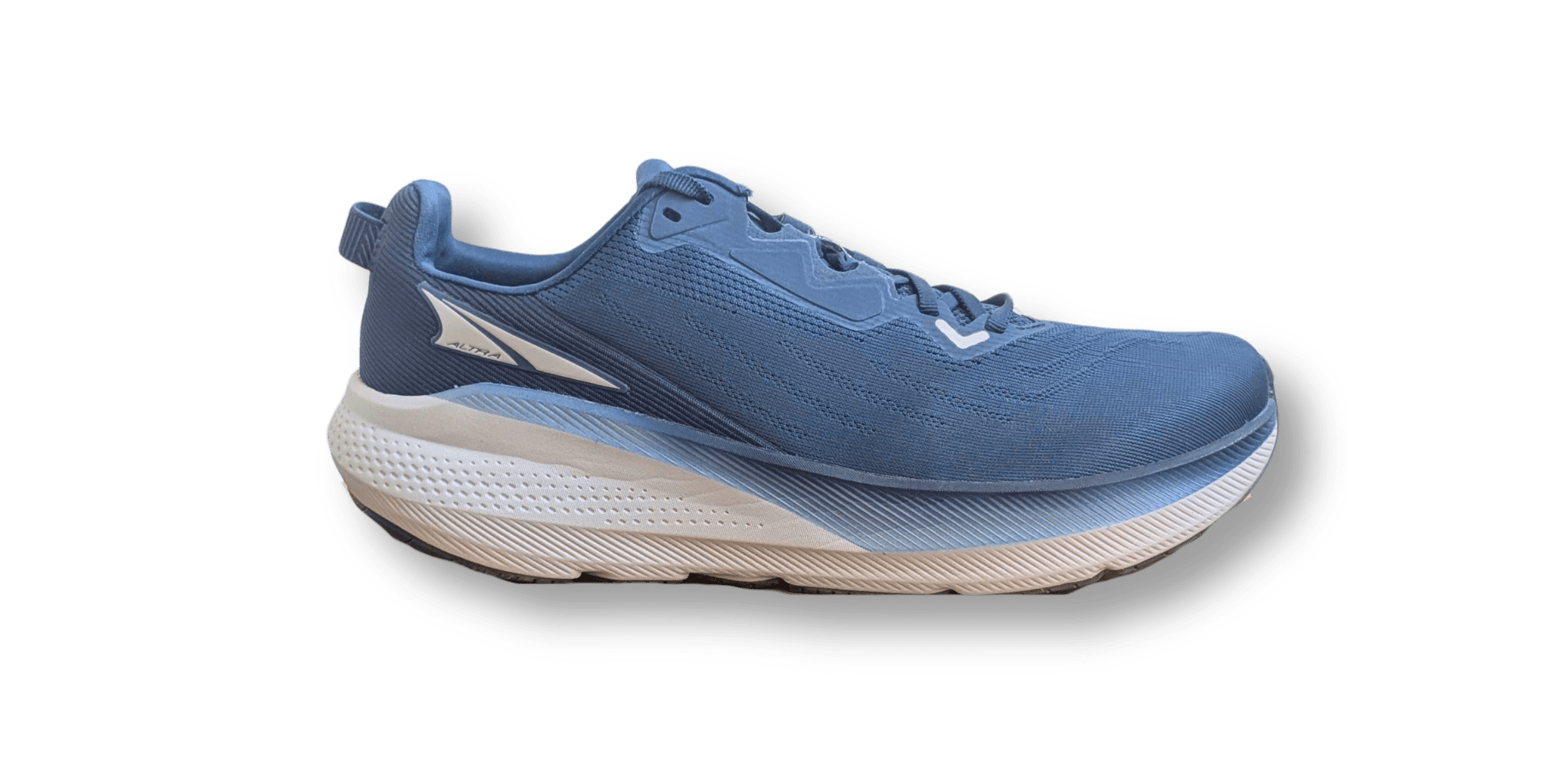
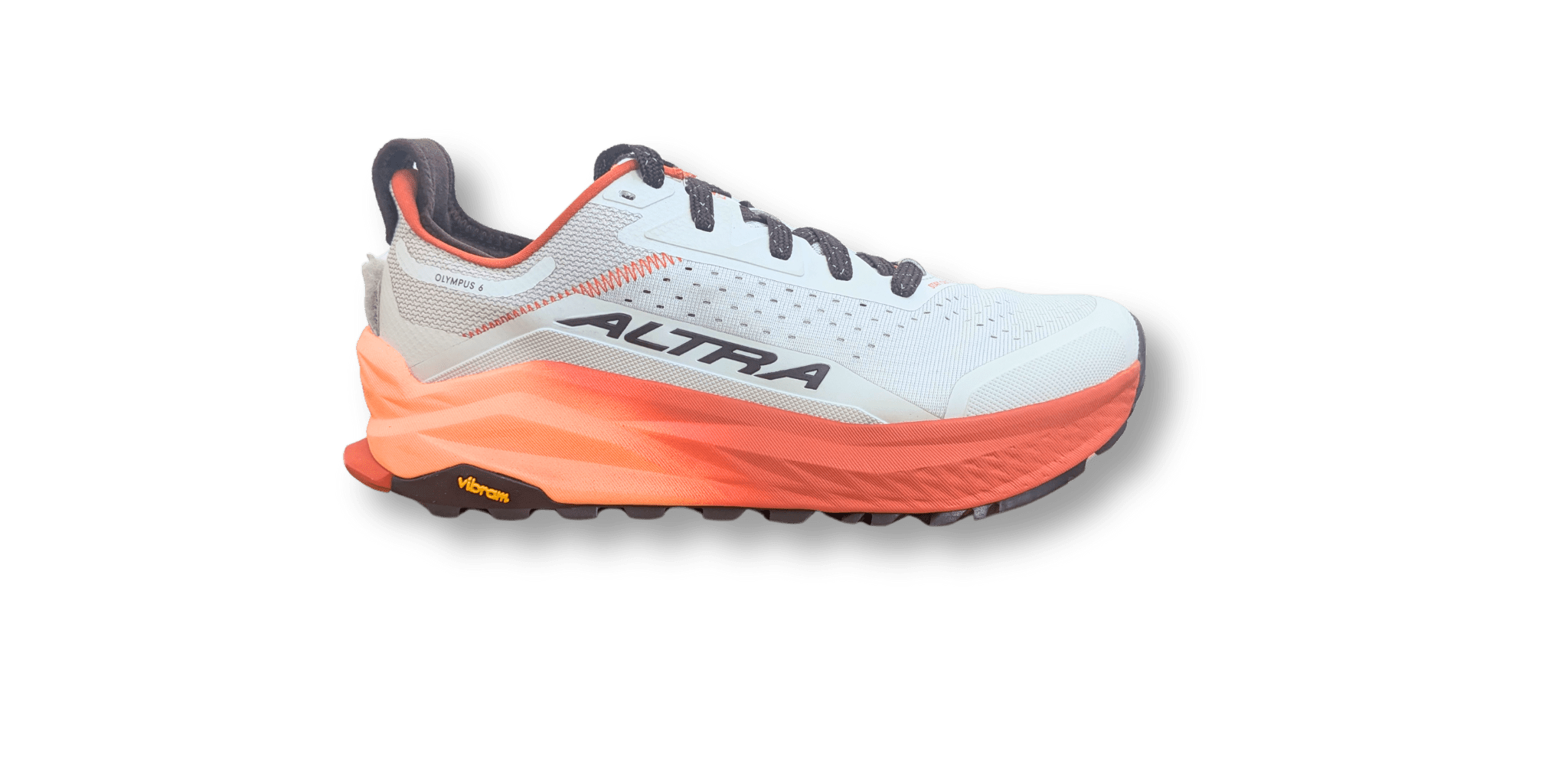
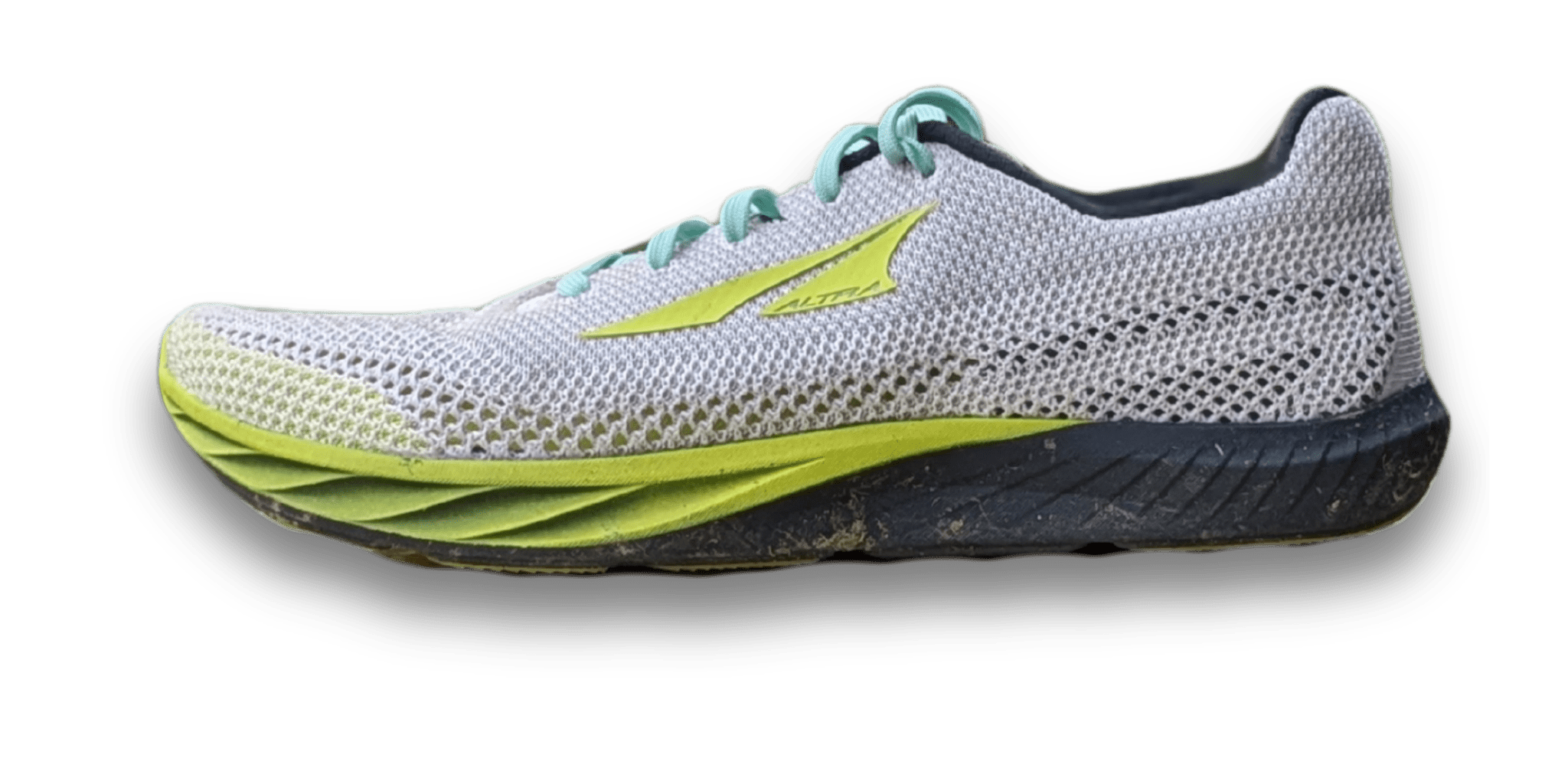
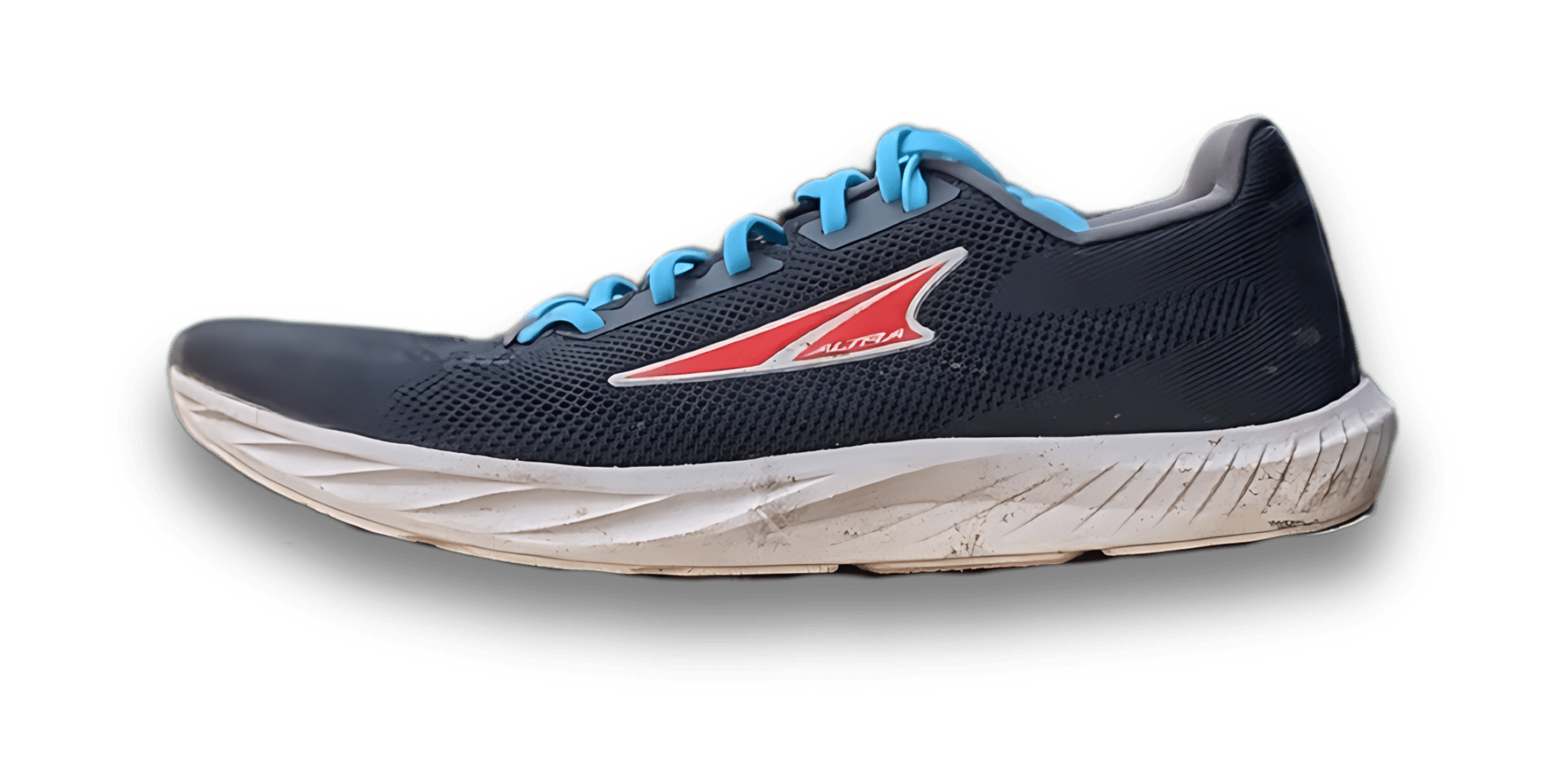
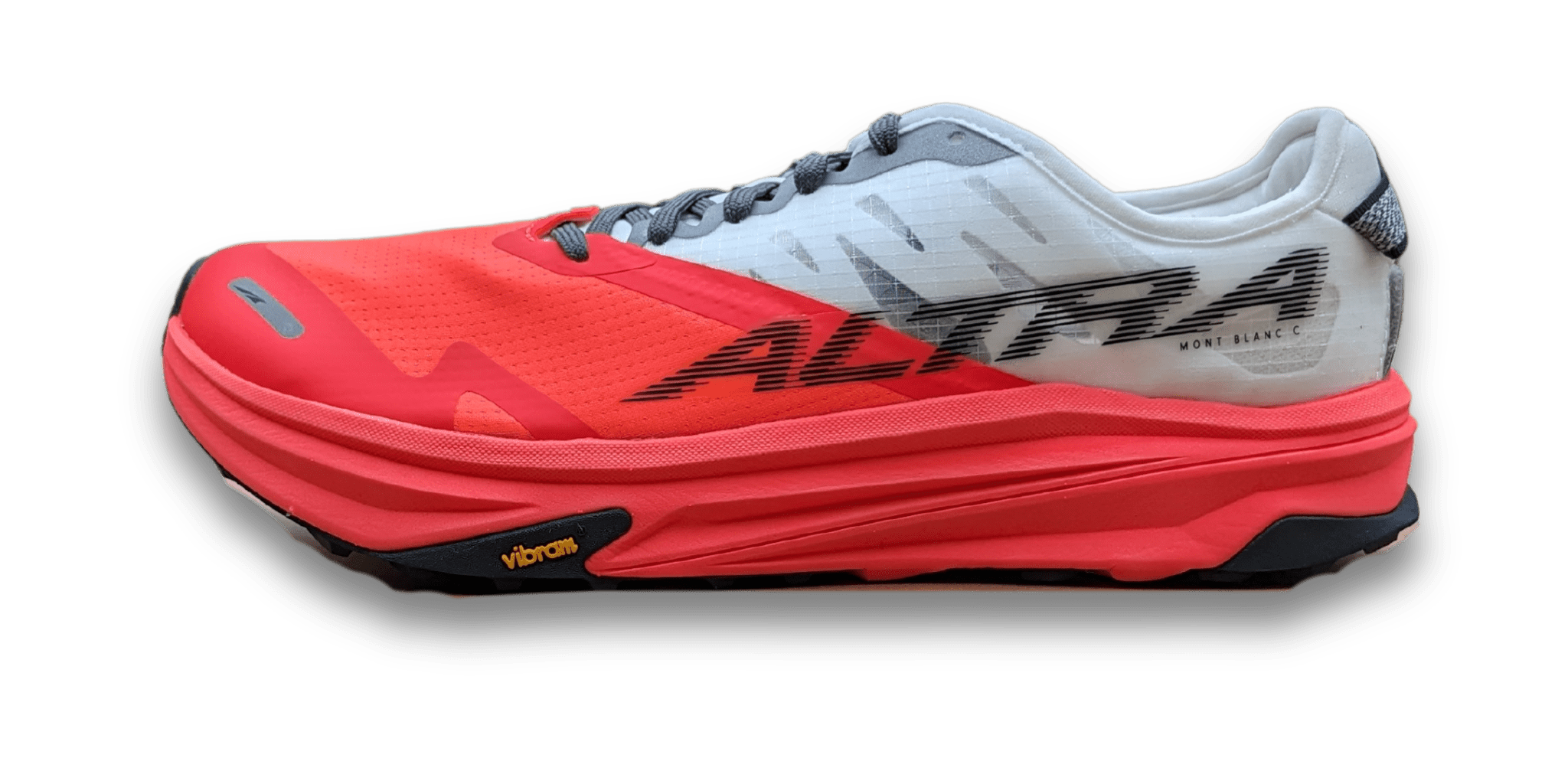

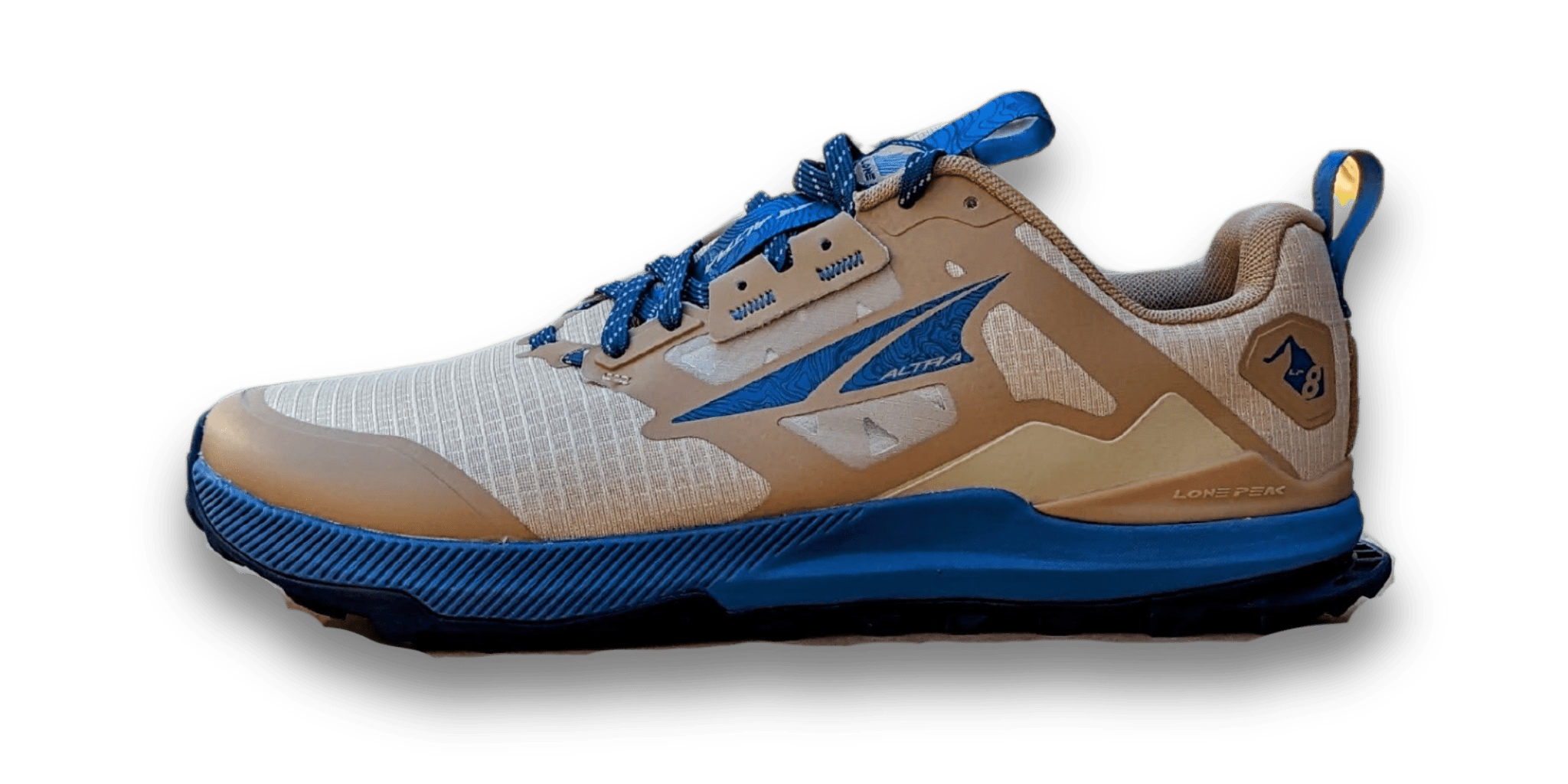
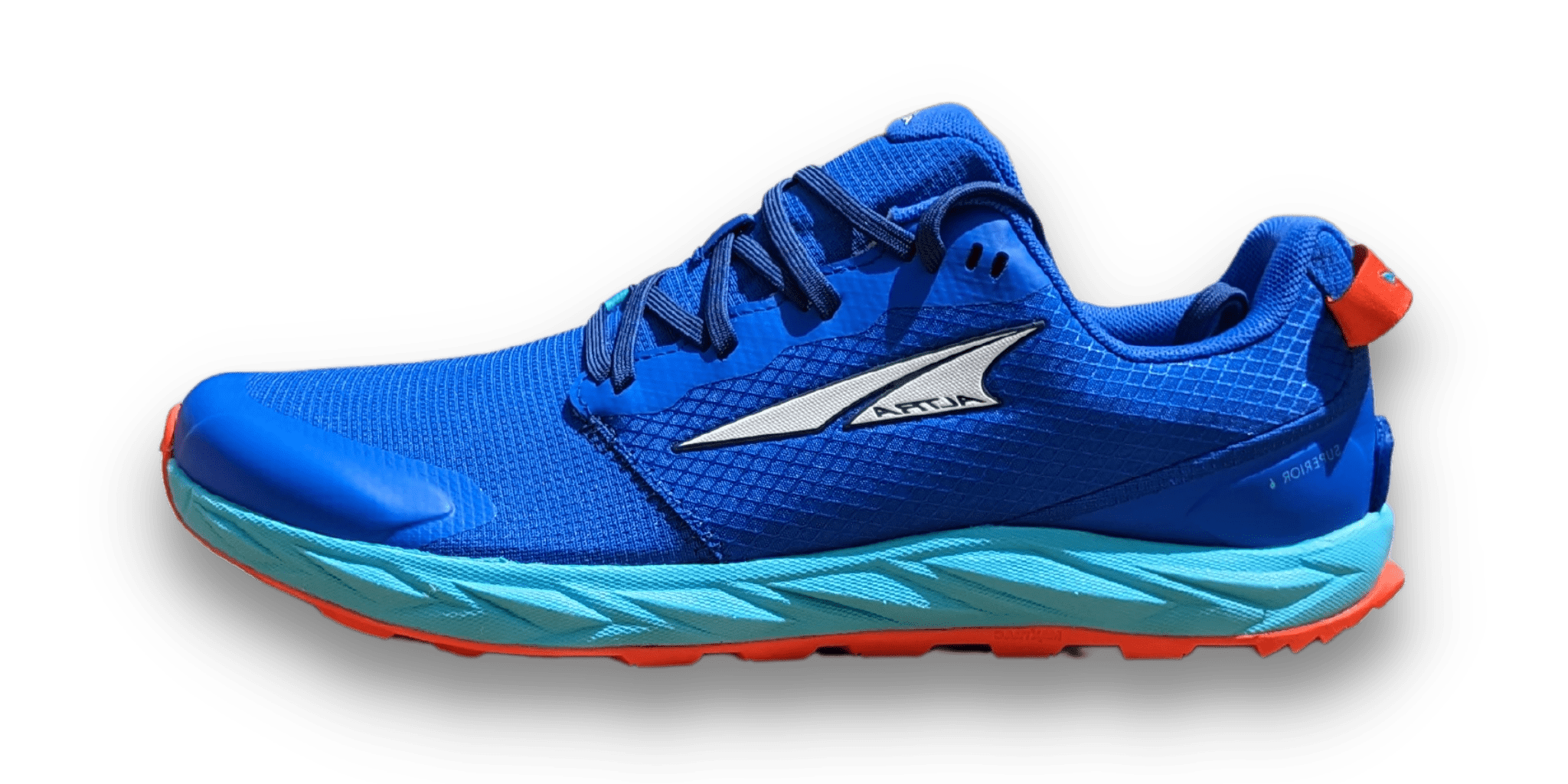
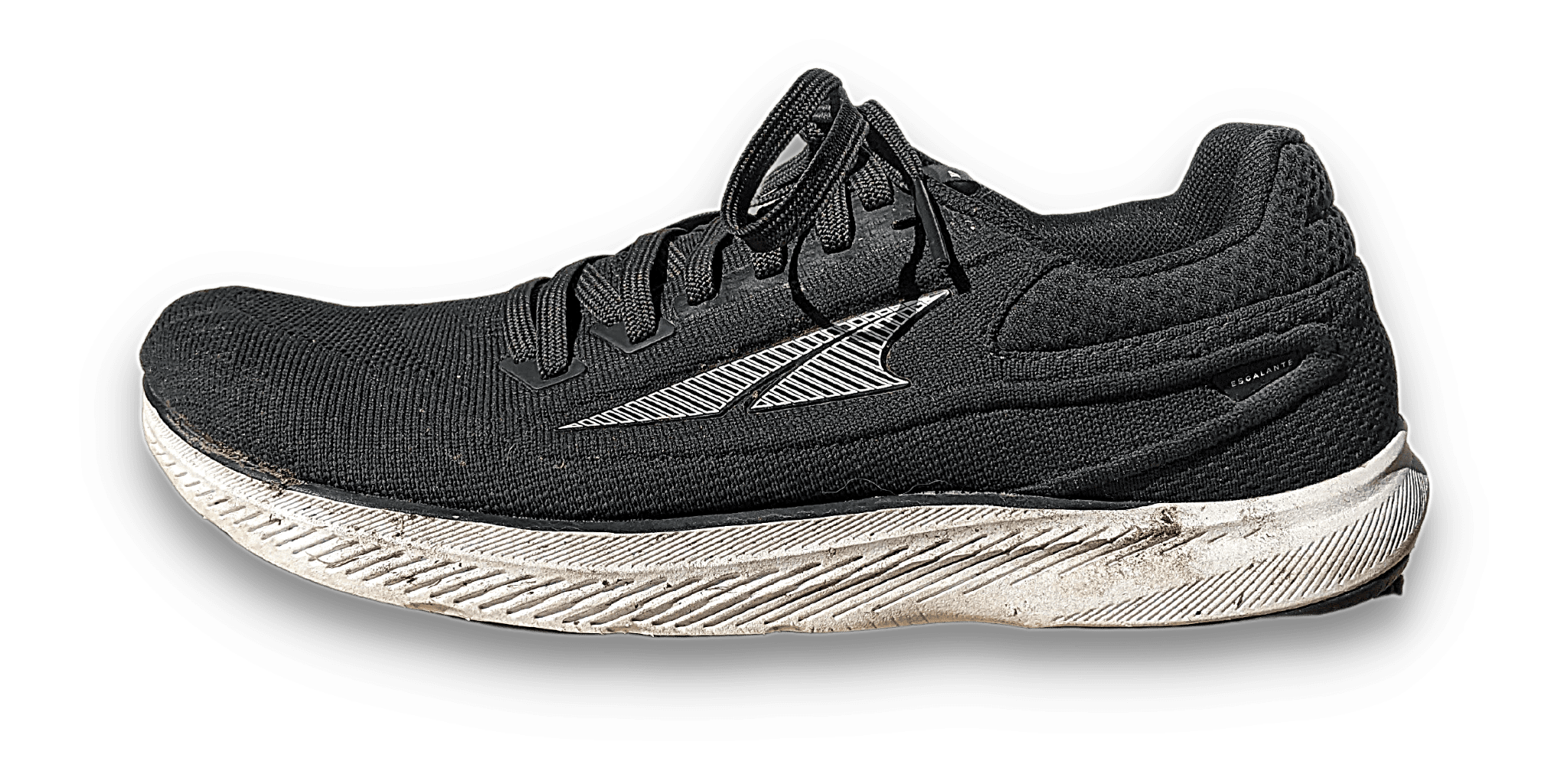
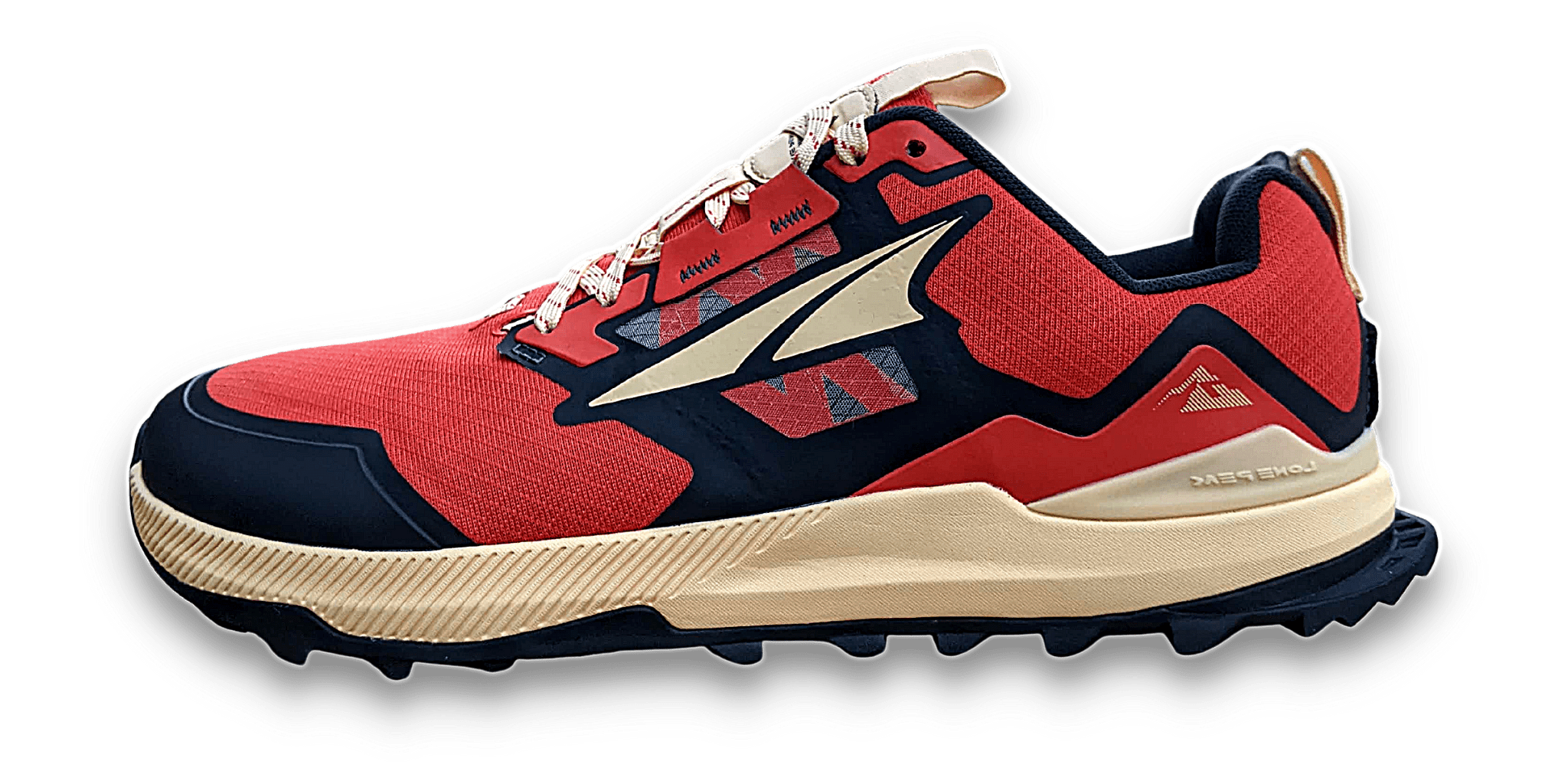
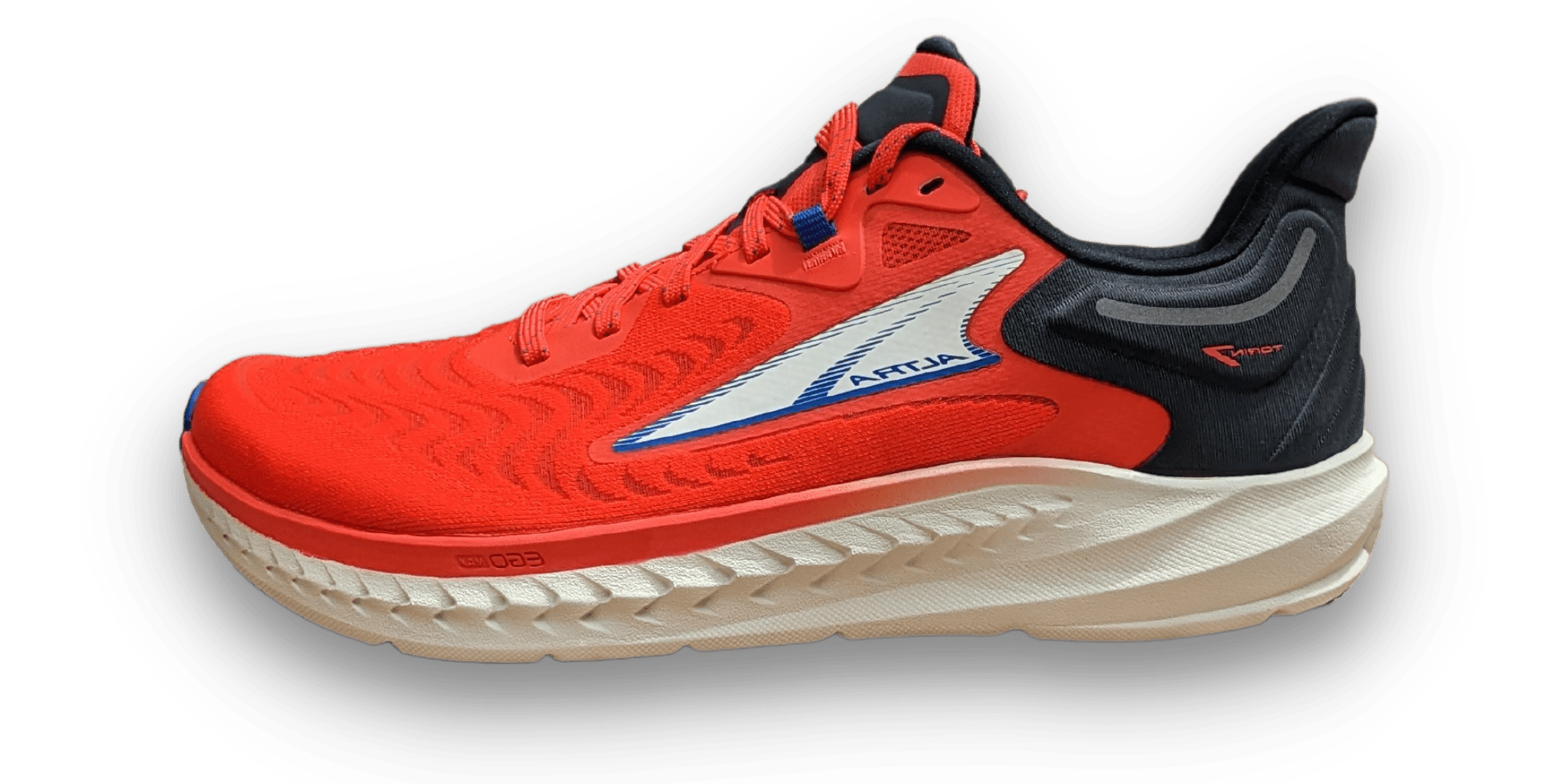
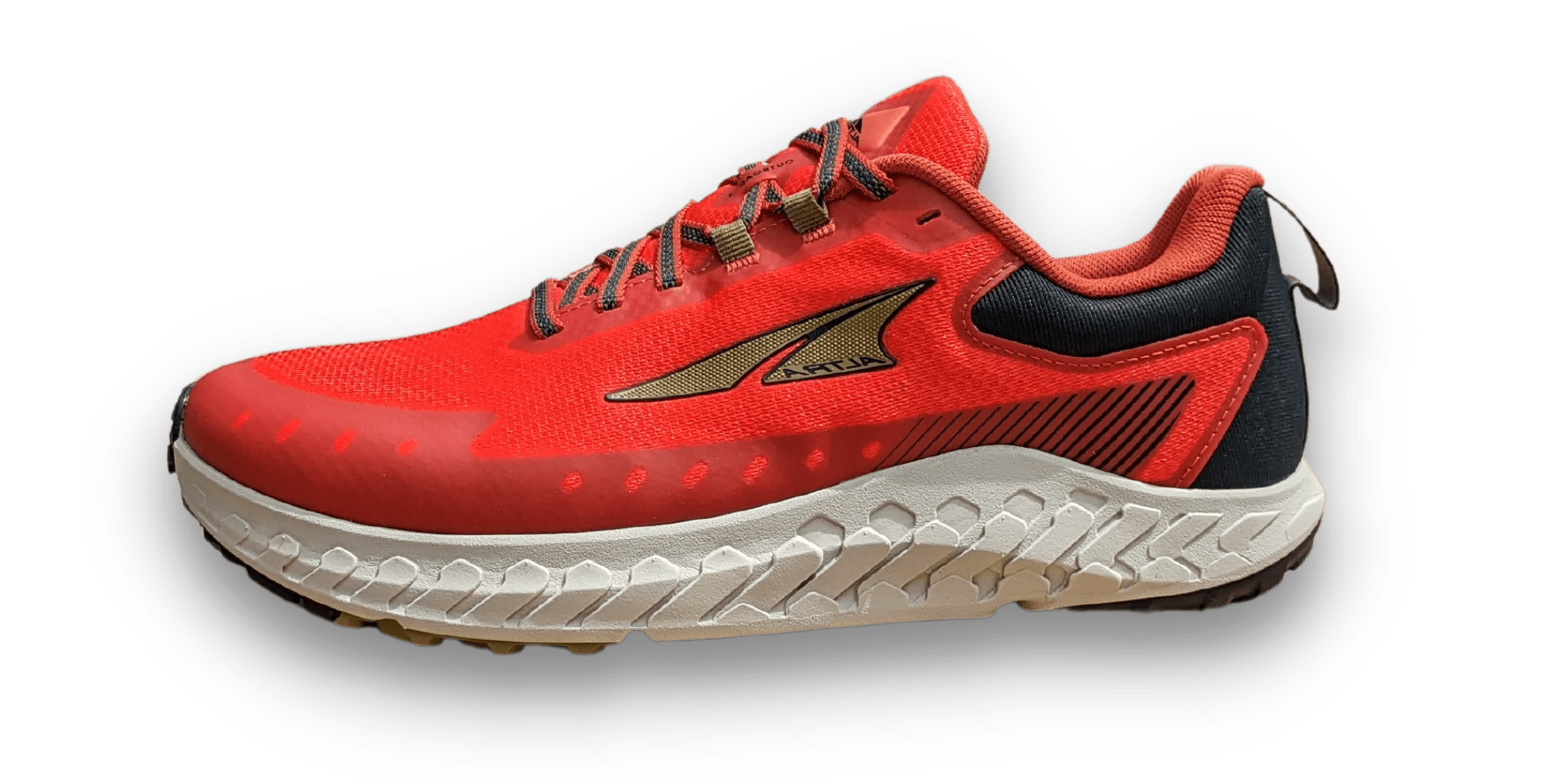
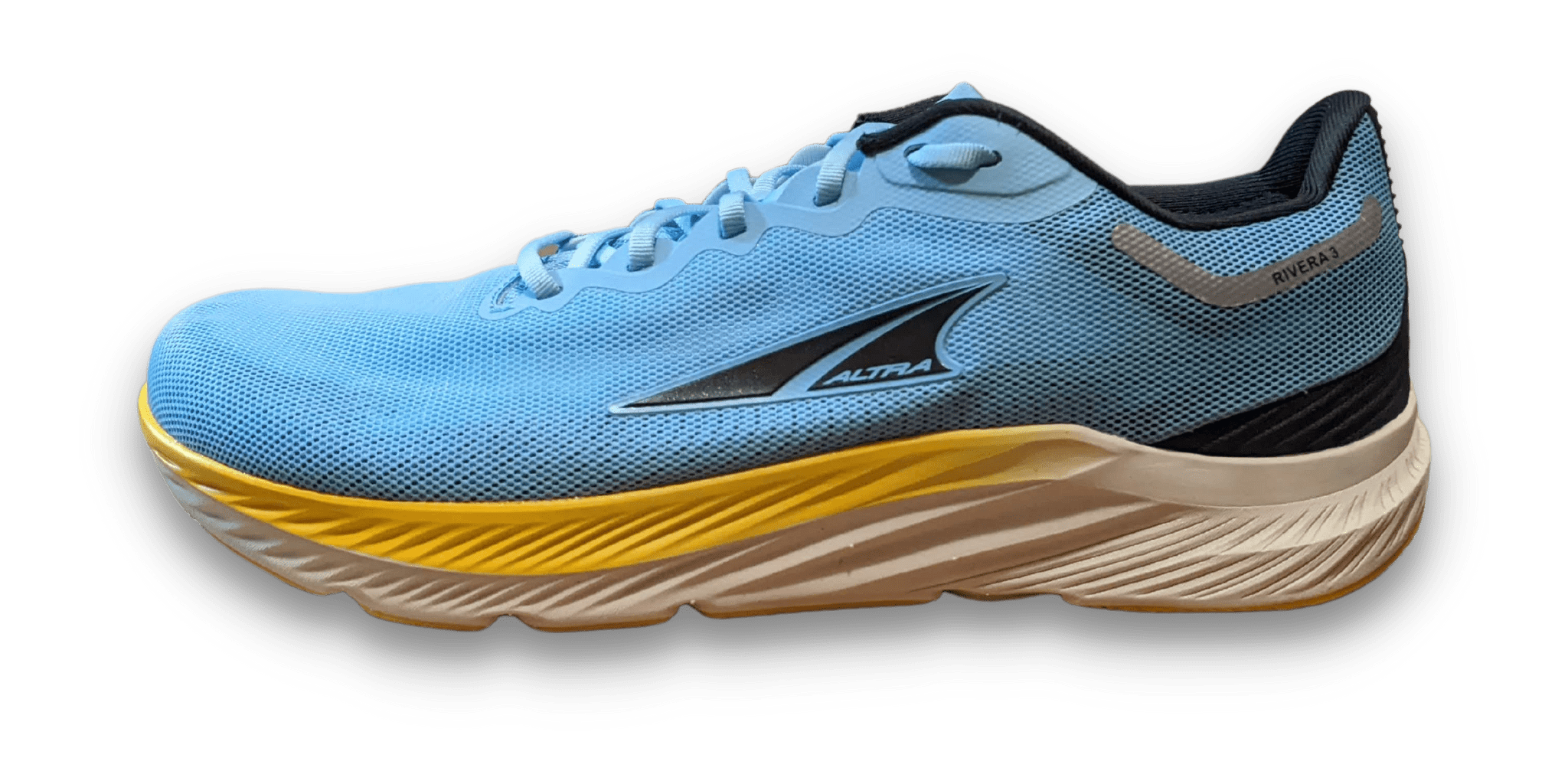
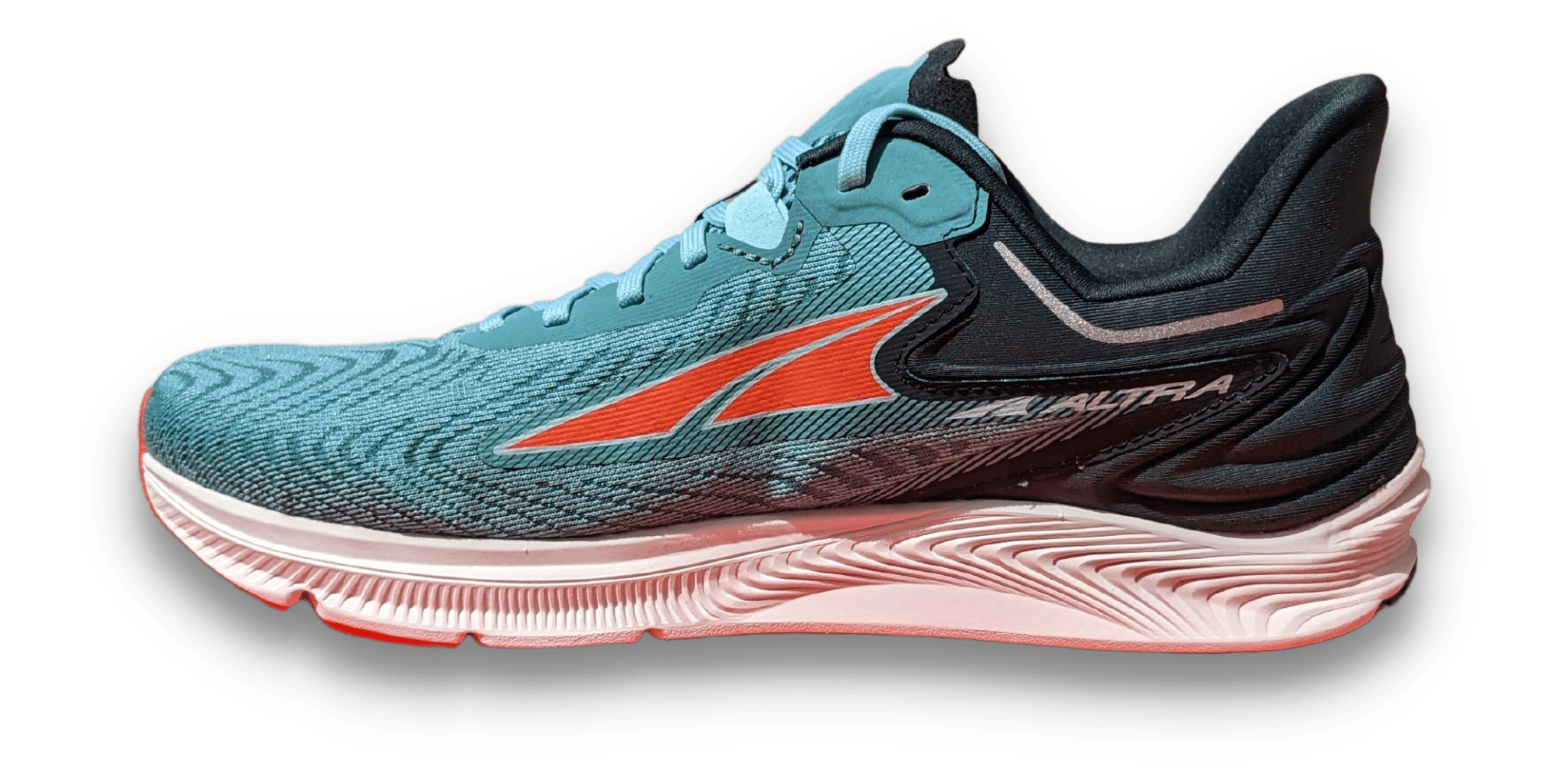
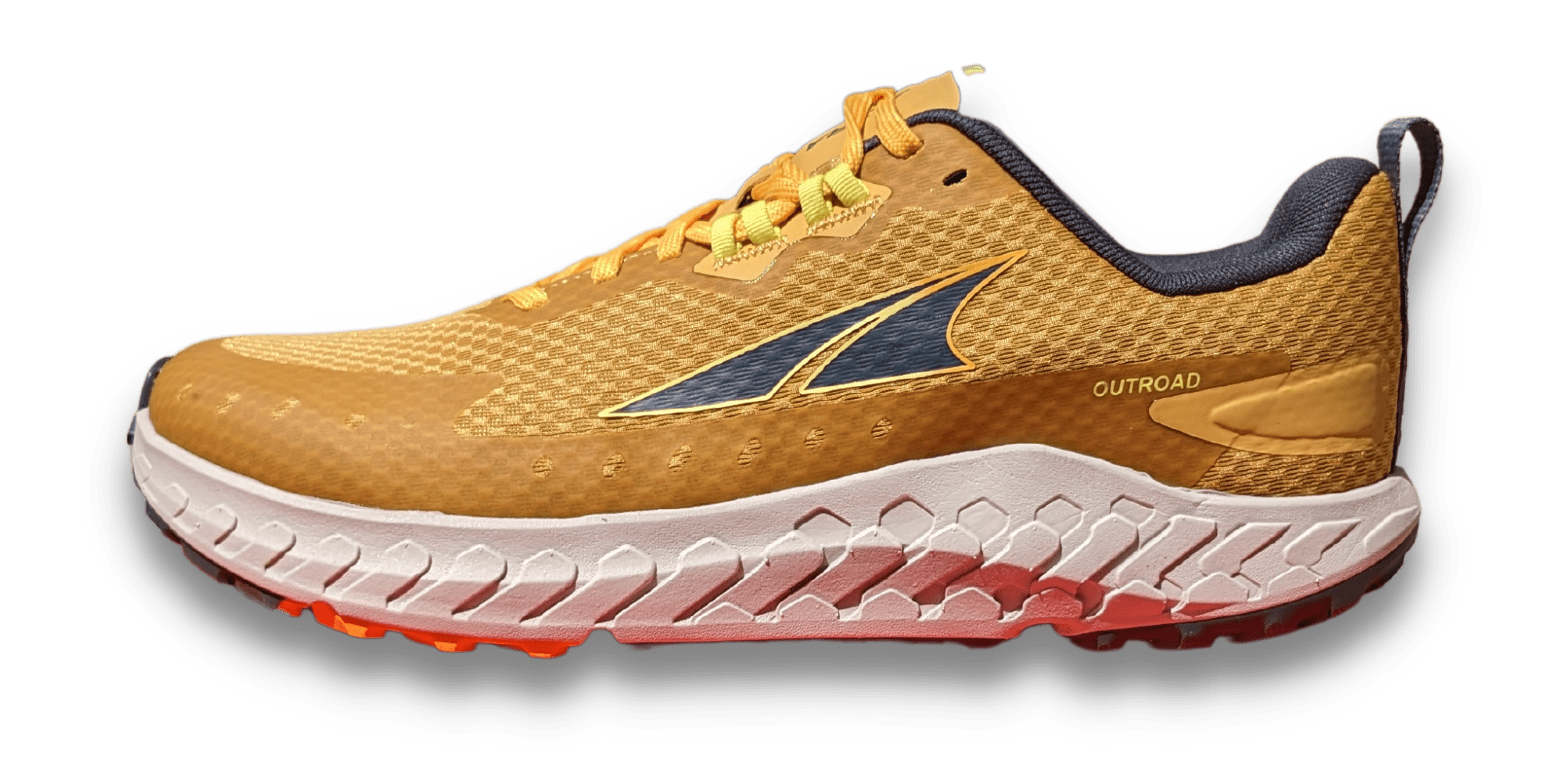
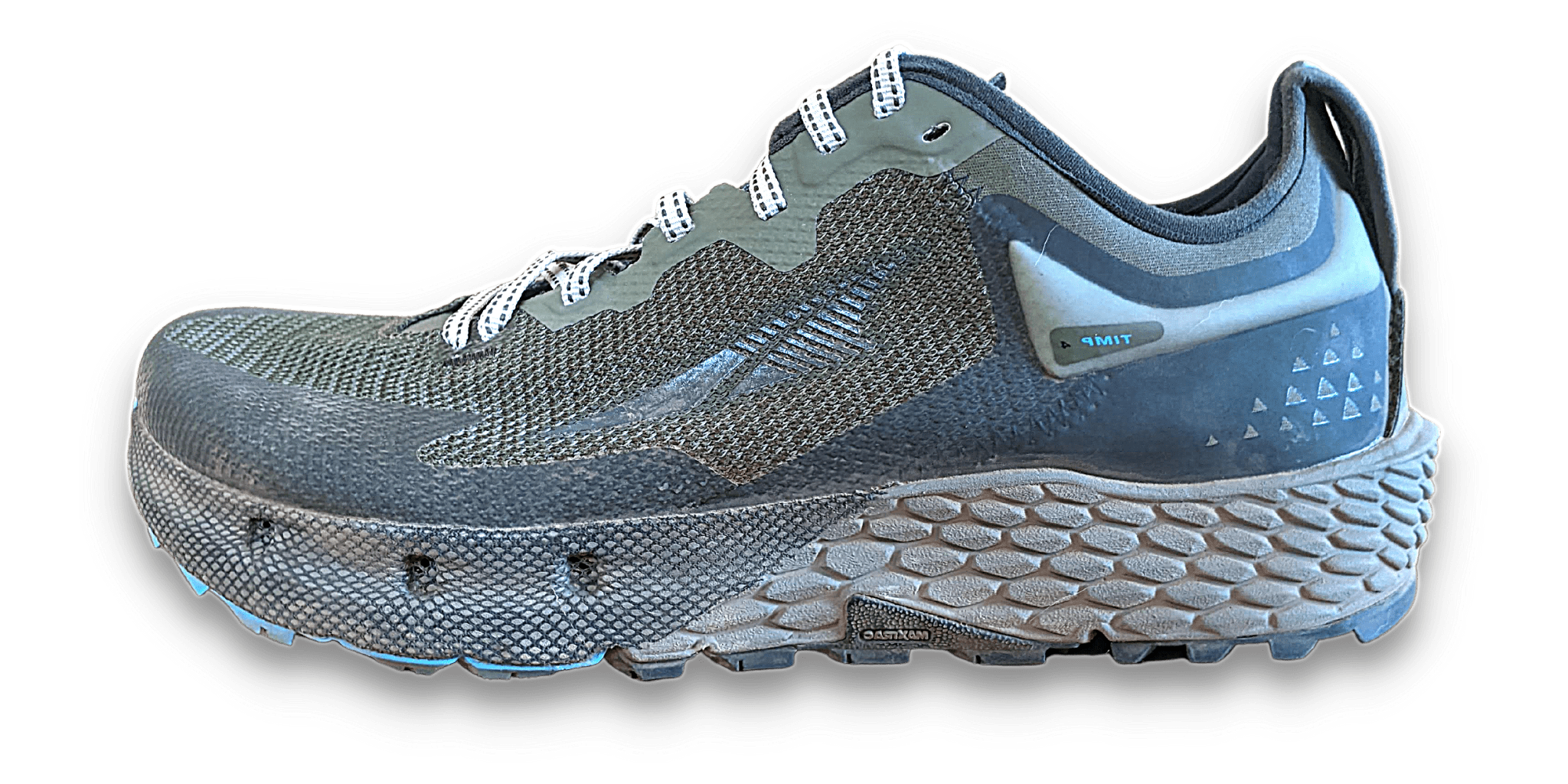
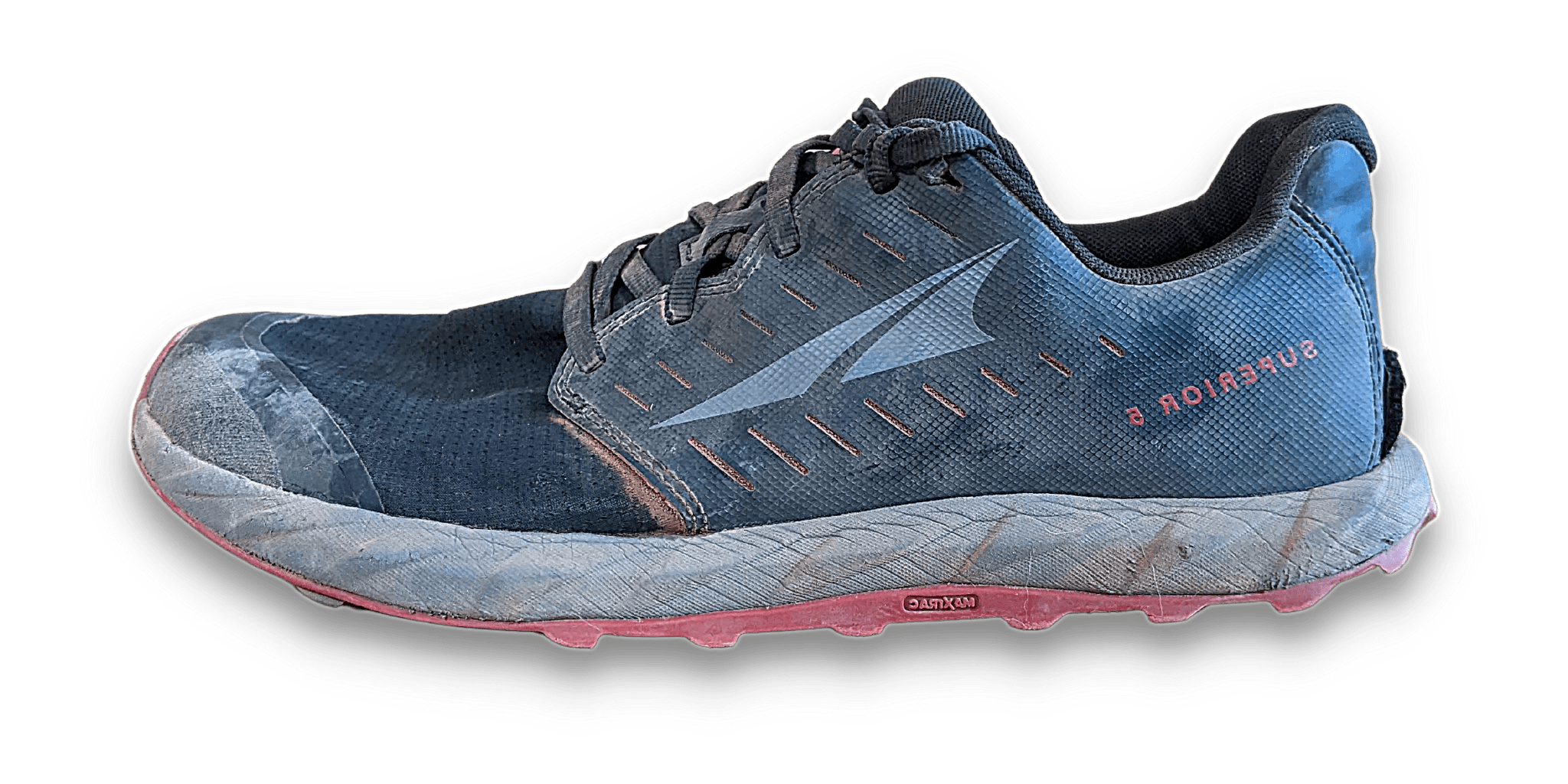
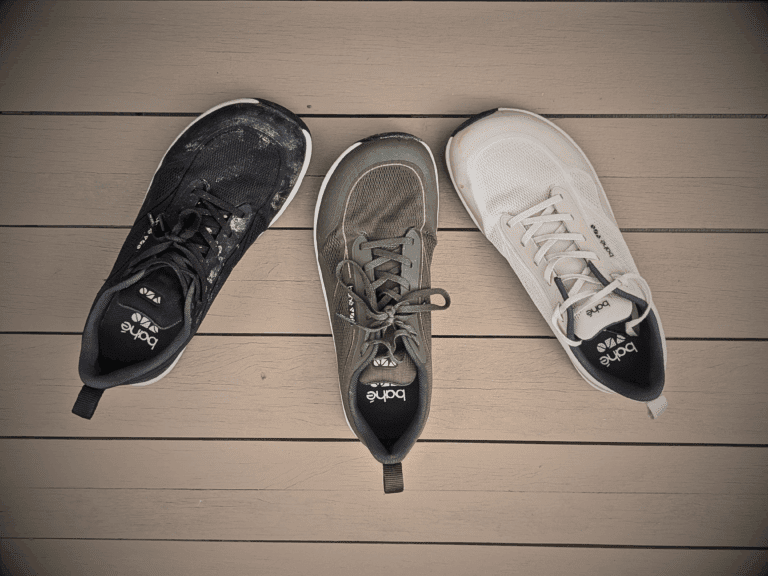
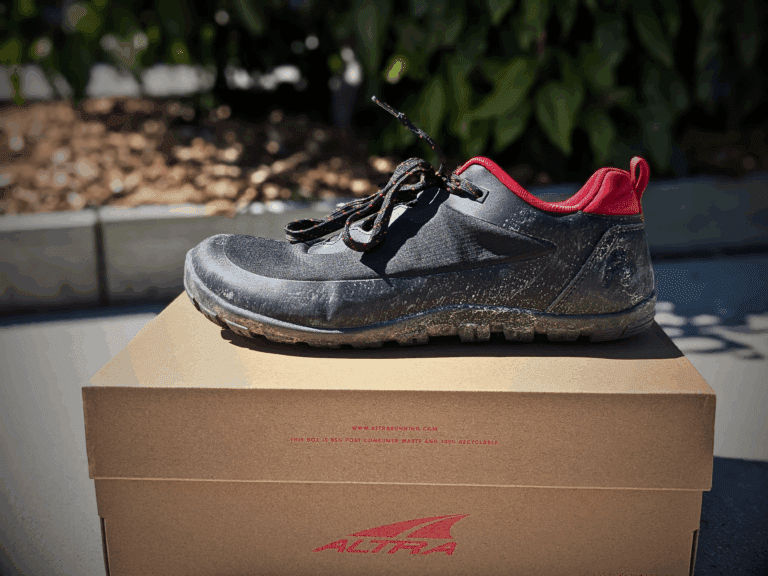
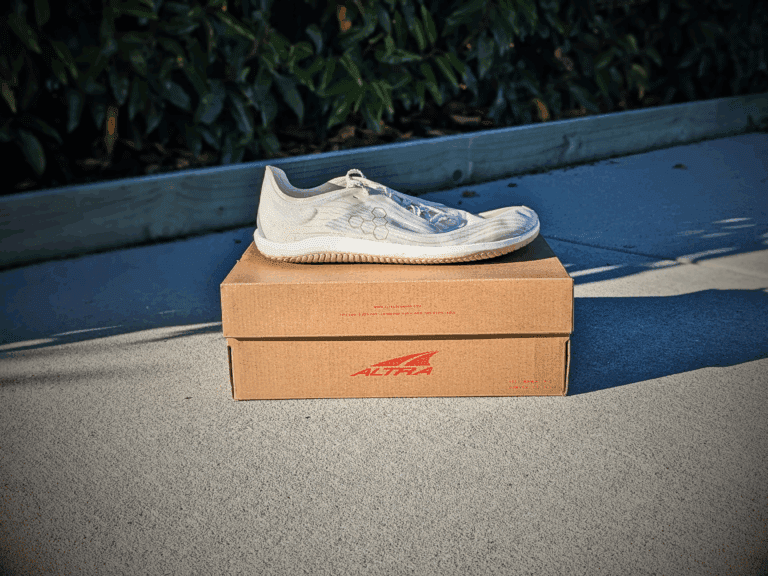
Thanks for your reviews!
Can you compare Lone peak 9 to Altra Escalante 4 in terms of fit? I’m particularly interested in the heel lock down. I will wear this shoe for shorter runs and casual around town. For most of my running my feets need a small drop In your view, which one looks beter.
Look forward to your review of Torin 8 as well.
The fit of the Lone Peaks and Escalantes are very different. The LP tends to have a deep fit all round, meaning there’s plenty of space over the foot, along with a roomy heel. Whereas the Escalantes have a much more snug fit over the midfoot. It’s also worth nothing that the depth in the toe box of the LP is greater too.
The width of the midfoot is similar, but the Escalante upper allows a bit more stretch, which has meant it’s been more comfortable for me in the past, and the width of the Escalante toe box is a little wider, especially around the big toe.
I’d still stick true to size for all these models, so if you have the LP, opt for the same size in the Escalantes.
I hope that helps!
Let me know if you have any other questions.
How does the LP9 size compare to LP7 or 8? I love the LP7 and tried the LP9 on in store and it seems to be much wider, my foot was moving around a lot in the toe box (compared to LP7). I was a bit surprised. Honestly, considering going back because maybe it was just that pair?
What I think you’ve felt is the more flexible upper material rather than a wider shoe. I’ve felt the same, which is why I was actually able to run in the LP9. 🙂 It was actually just wide enough for me.
BUT, if you felt well locked down and comfortable in the LP7, then I’d say, stick with that, or the LP8, because the fit is similar between both of them.